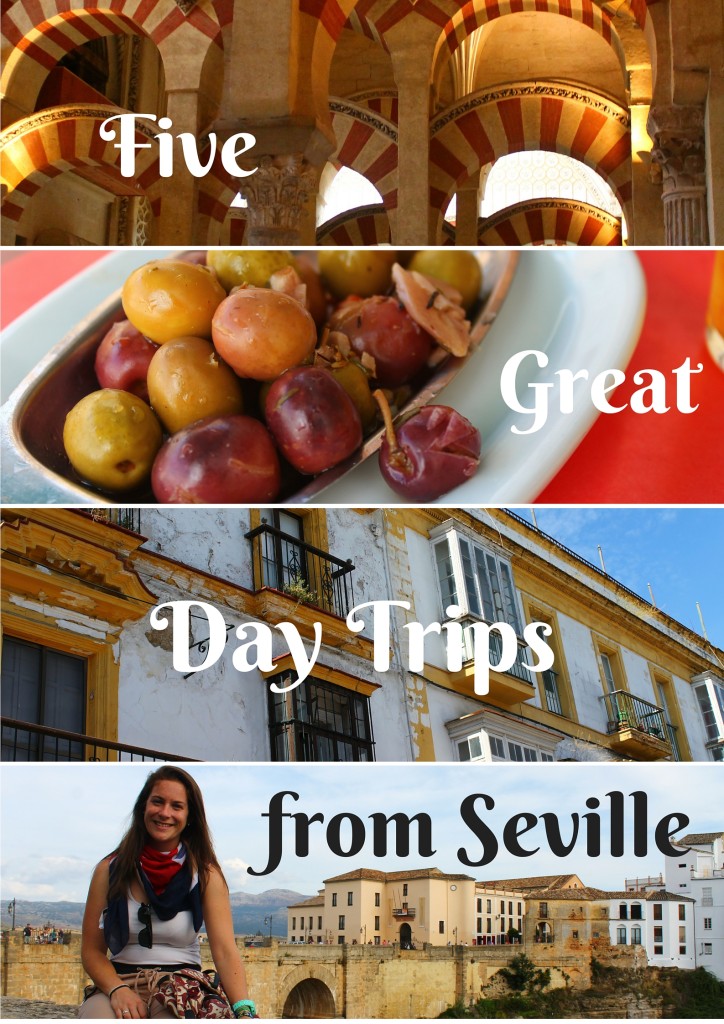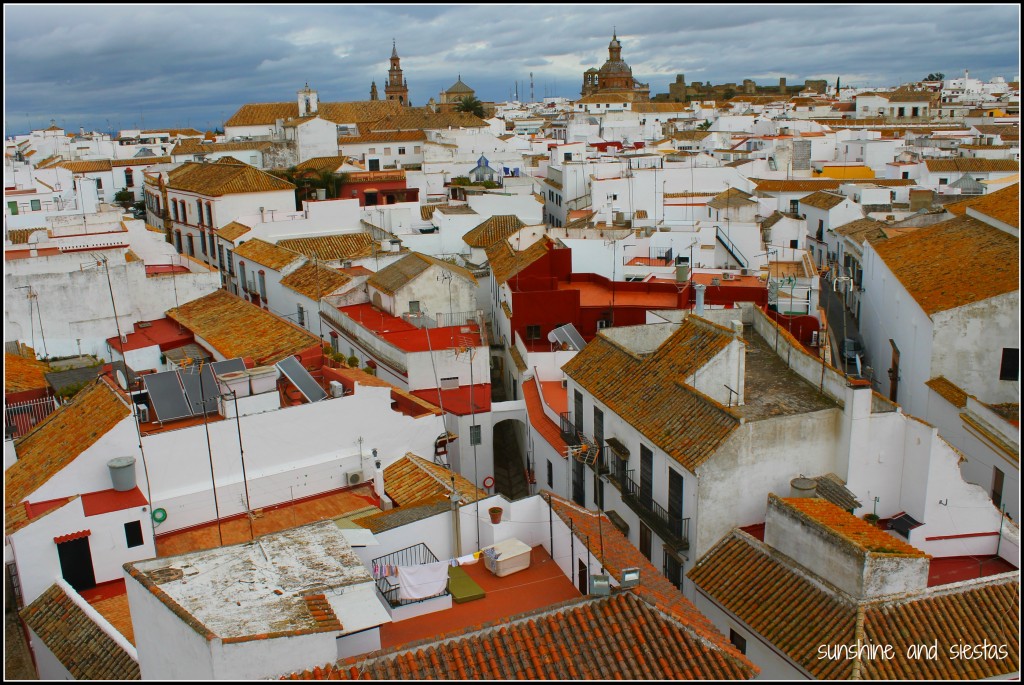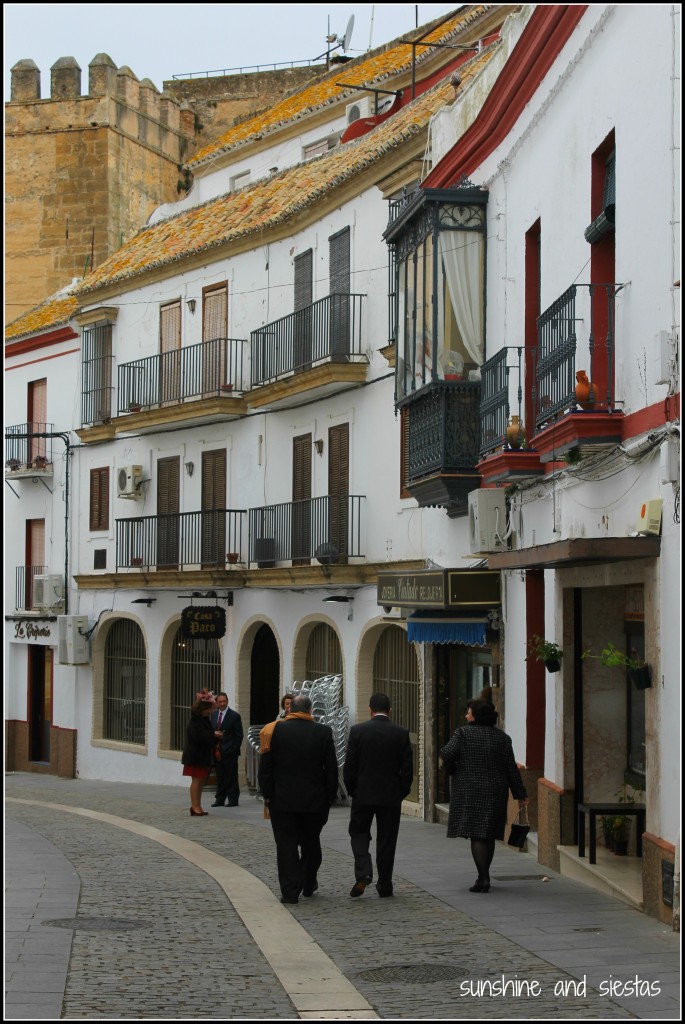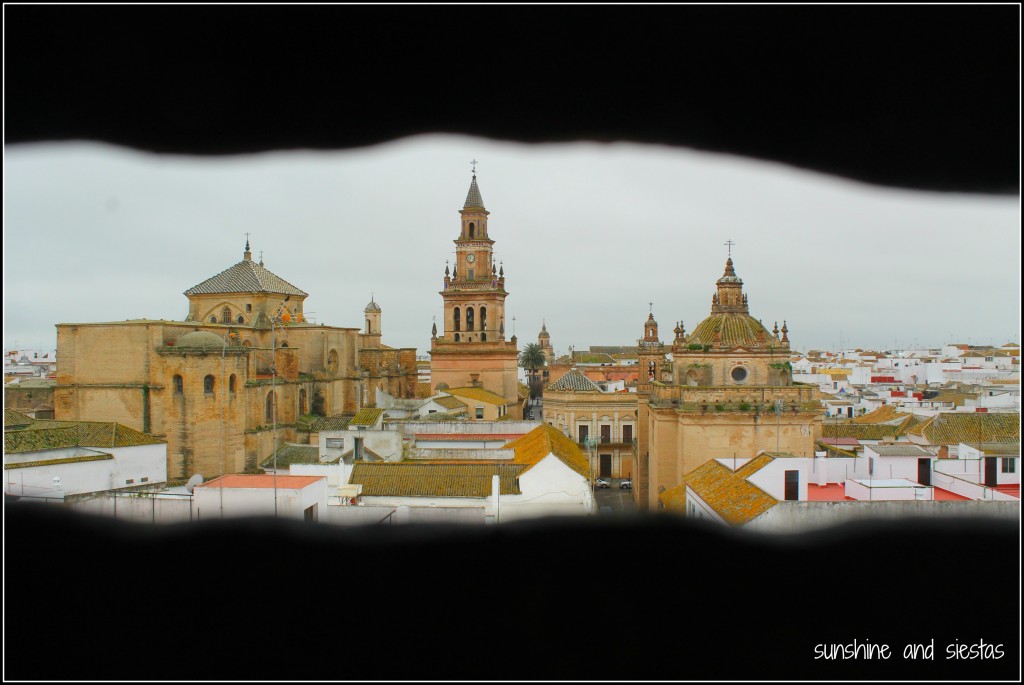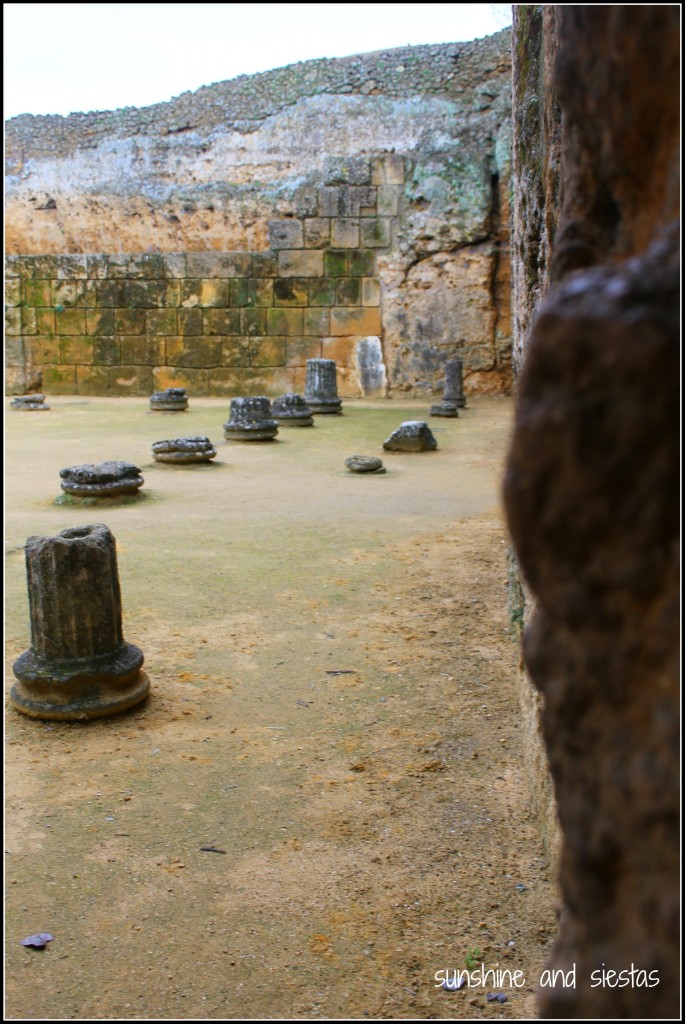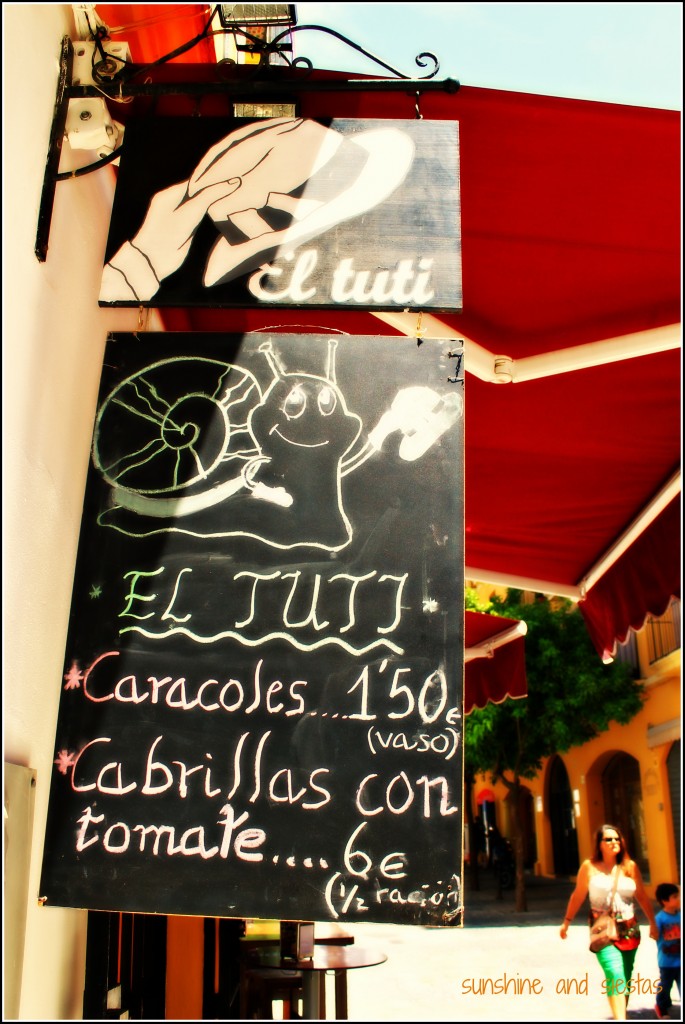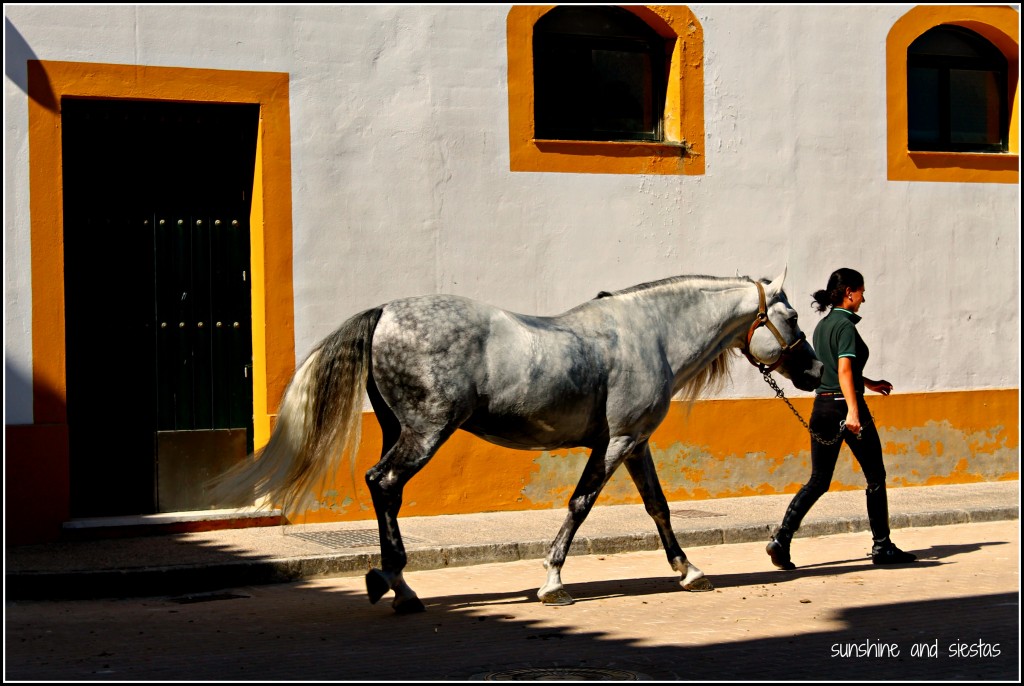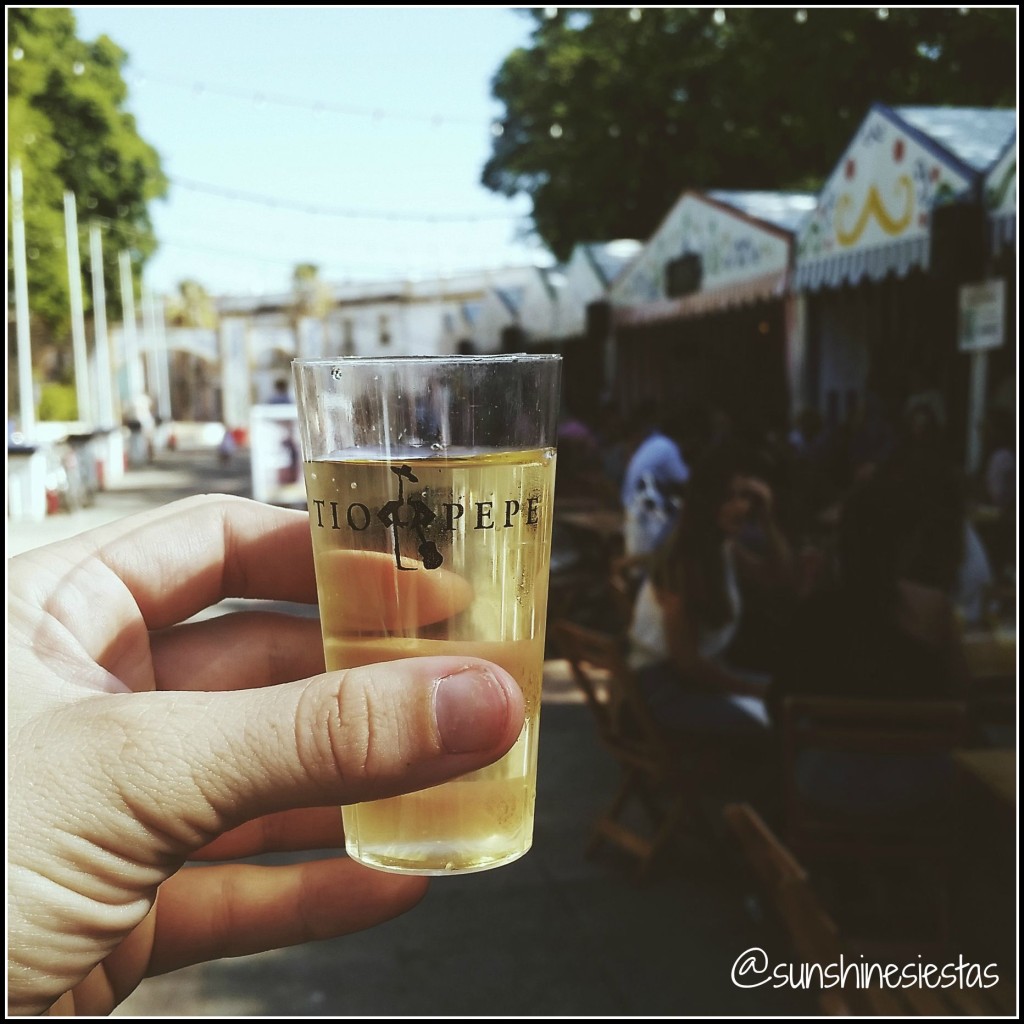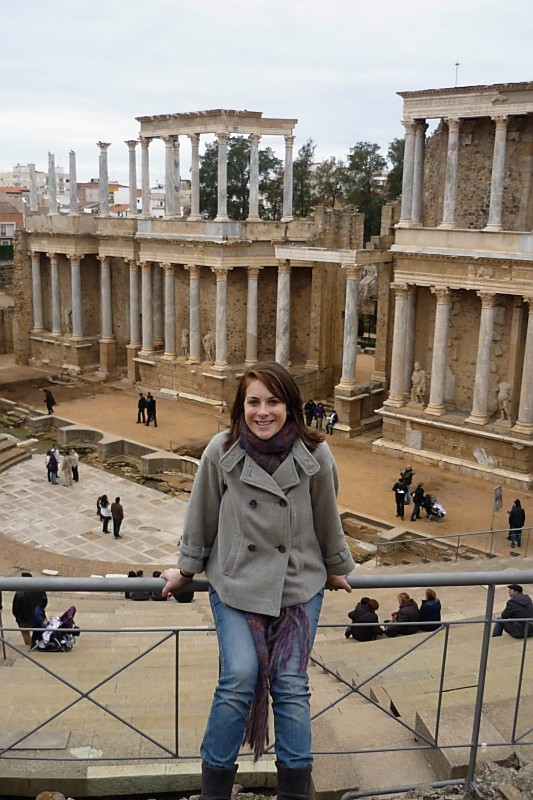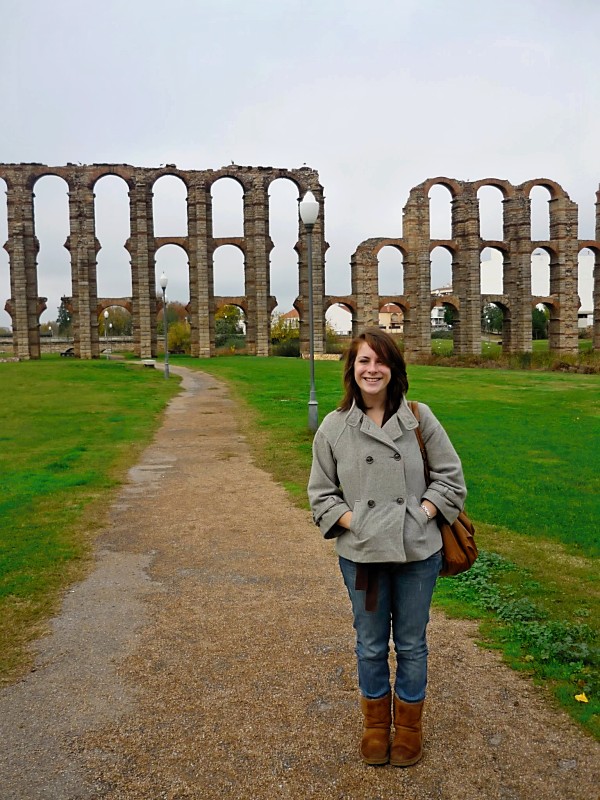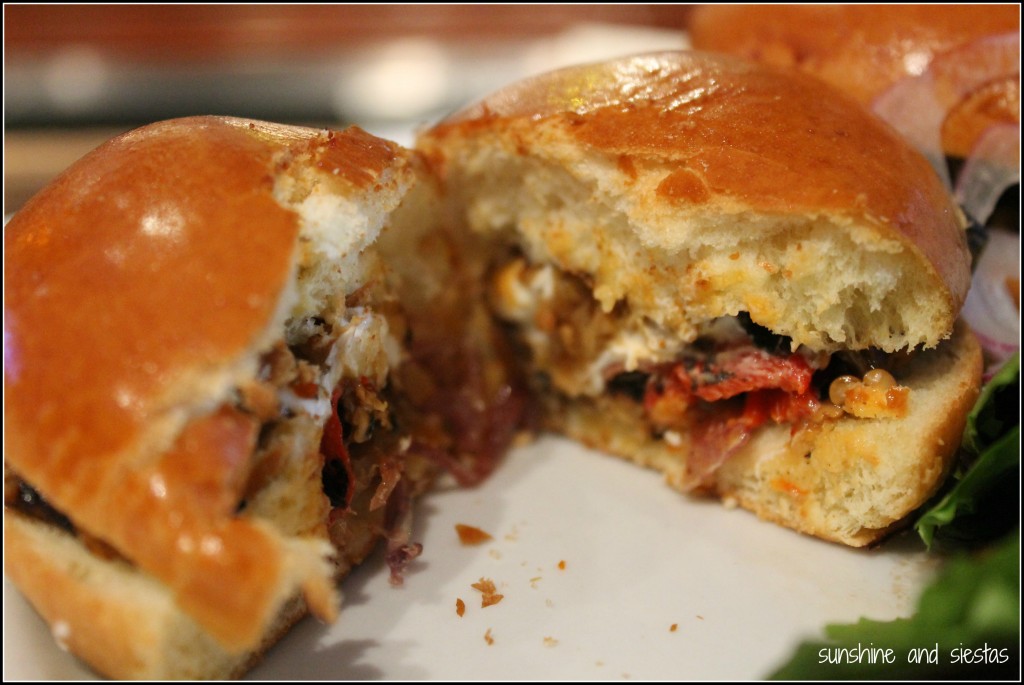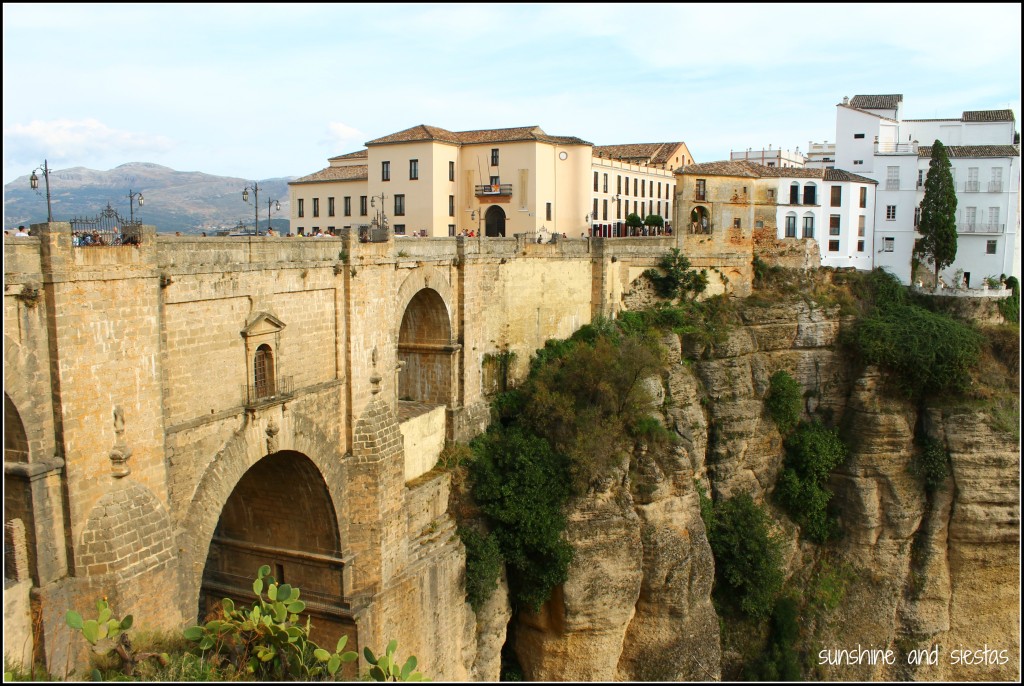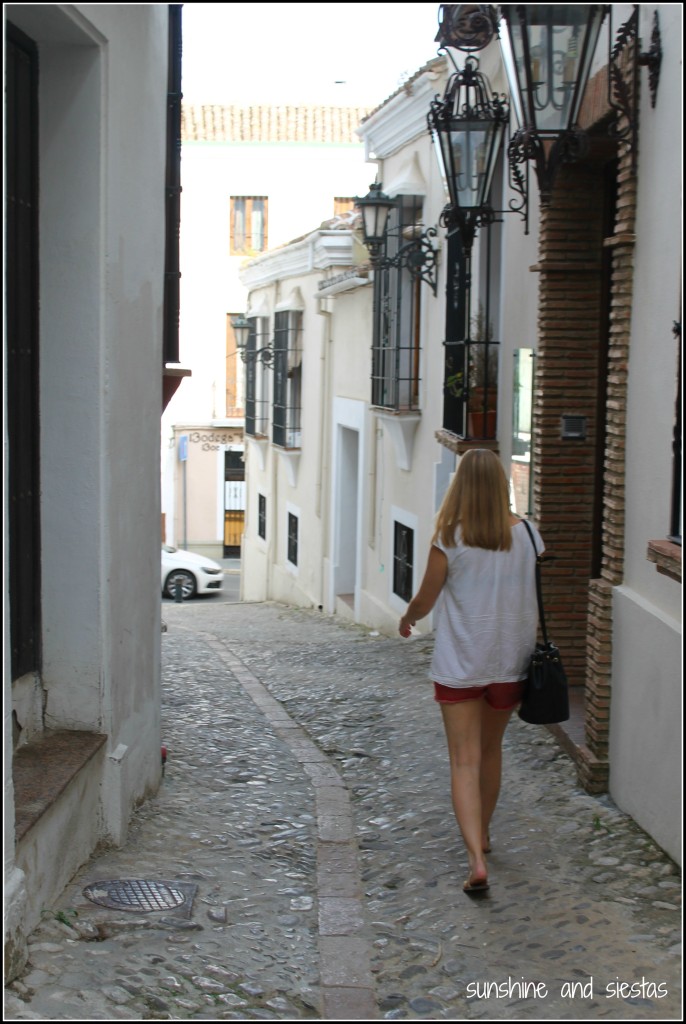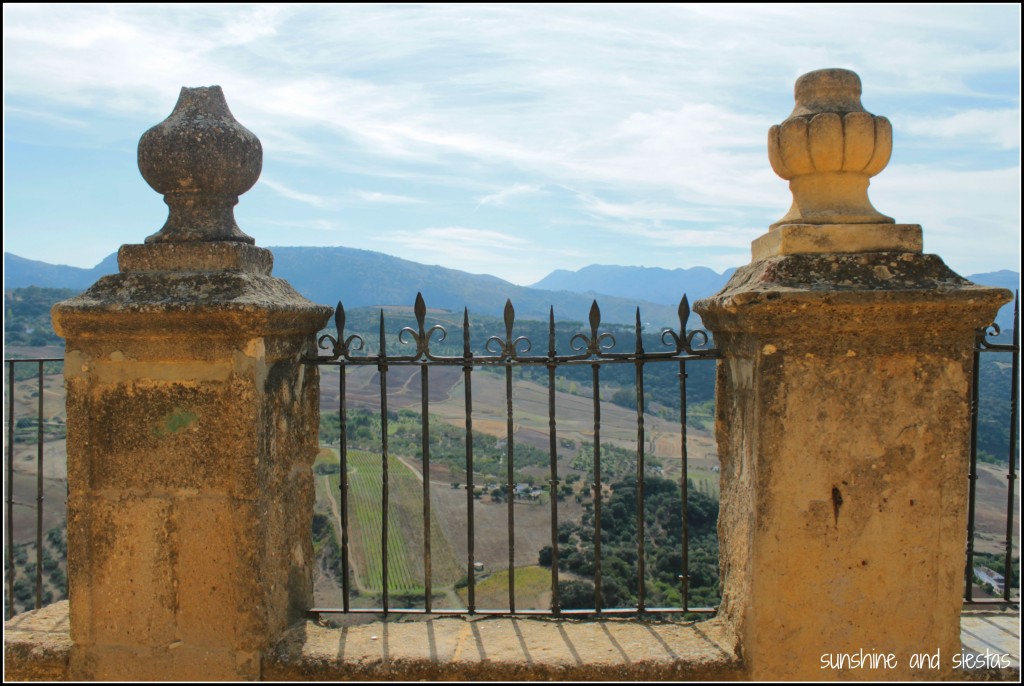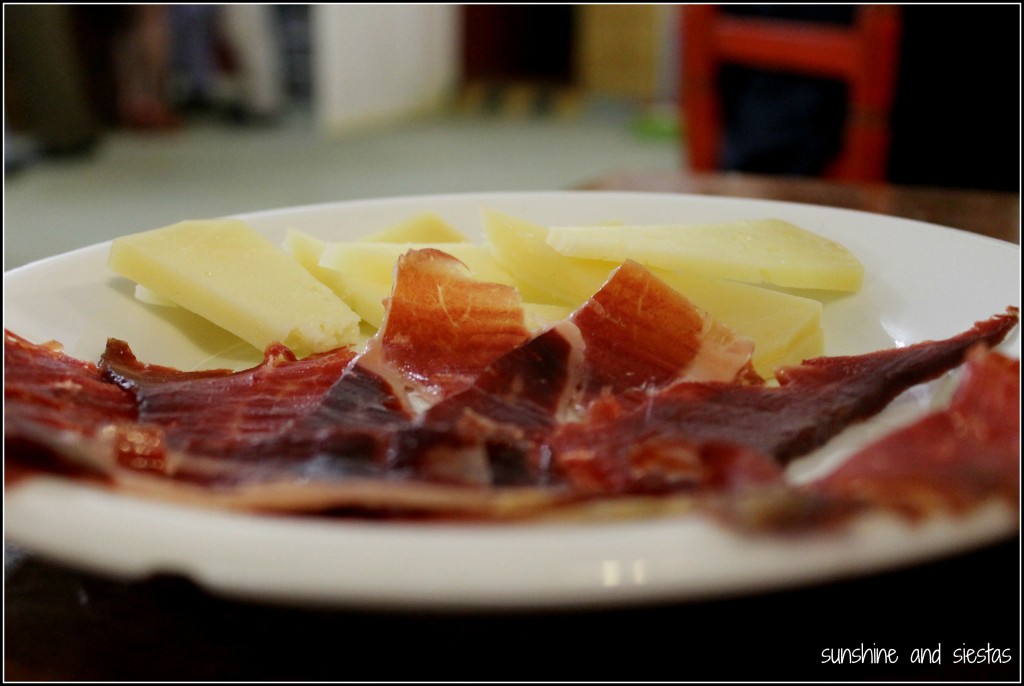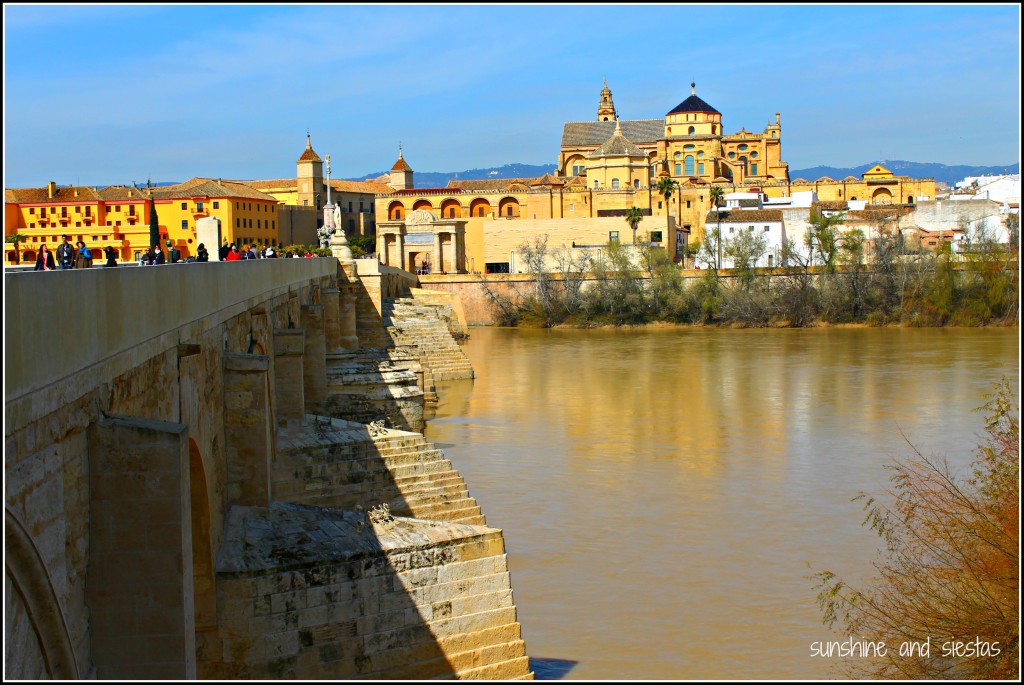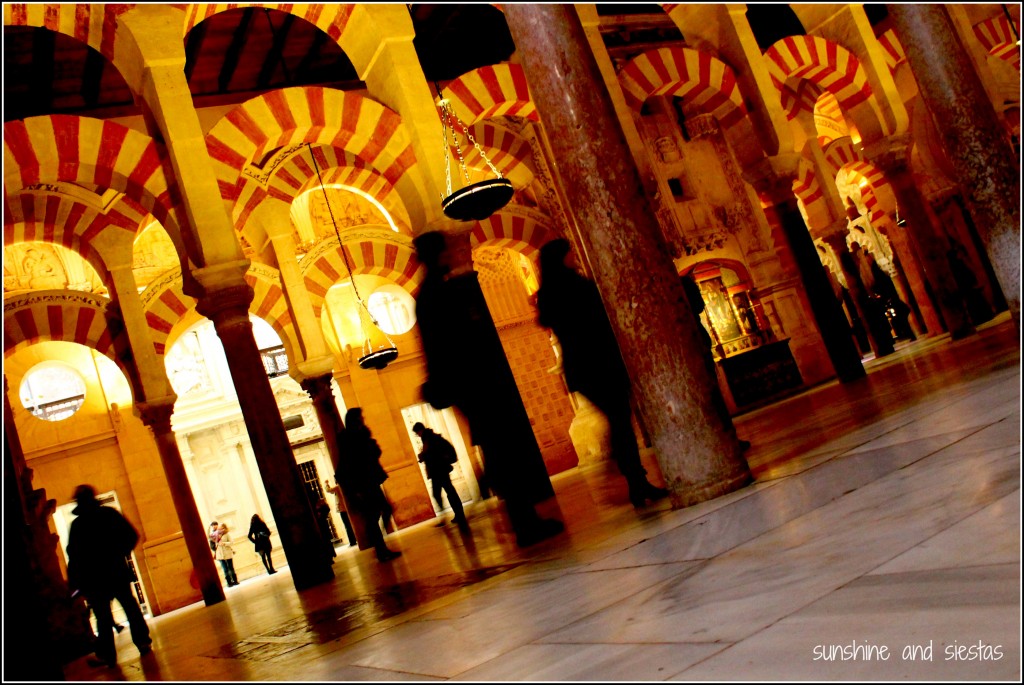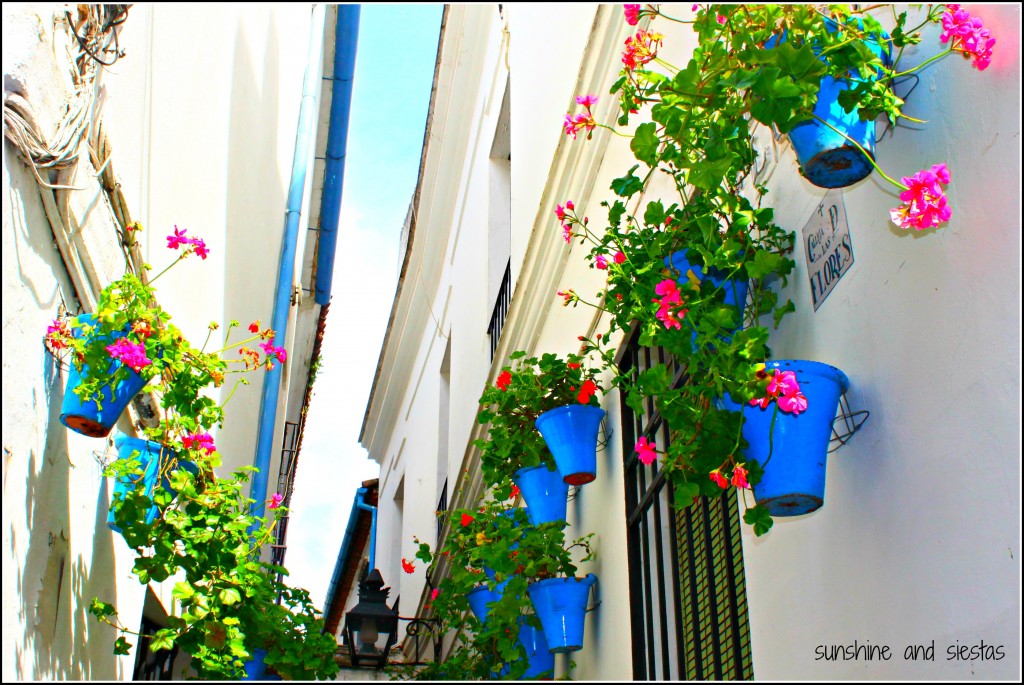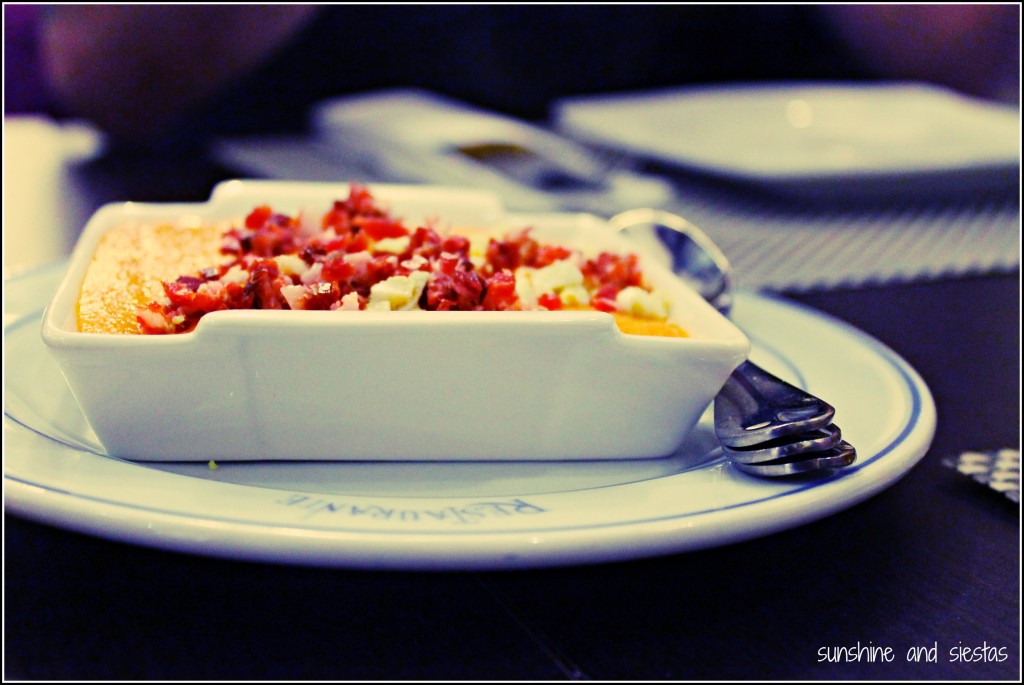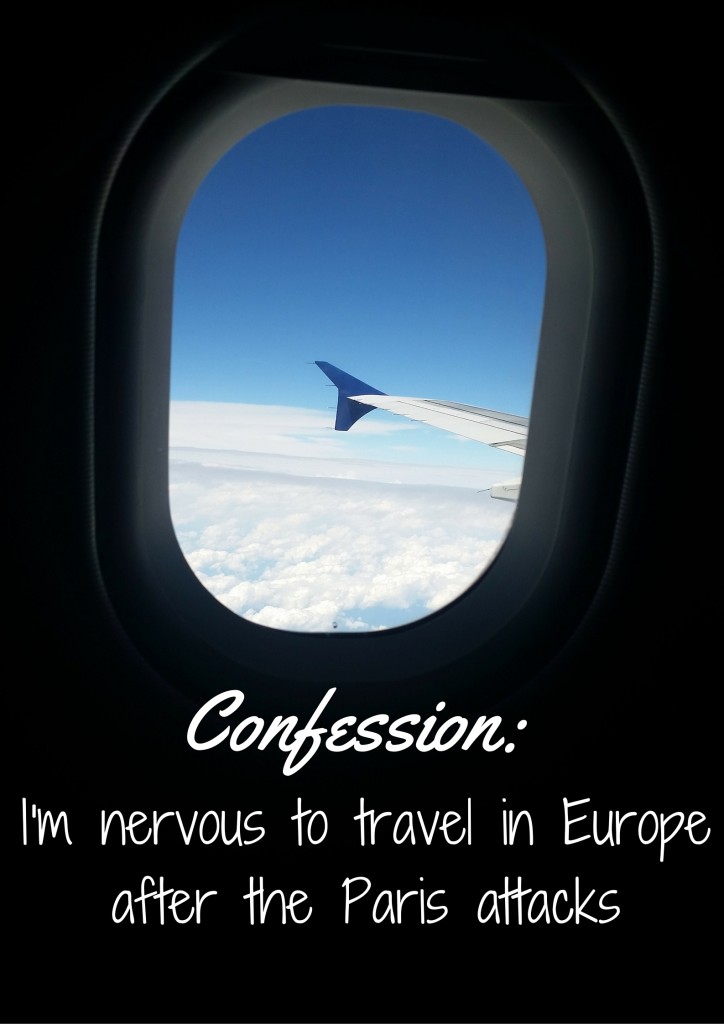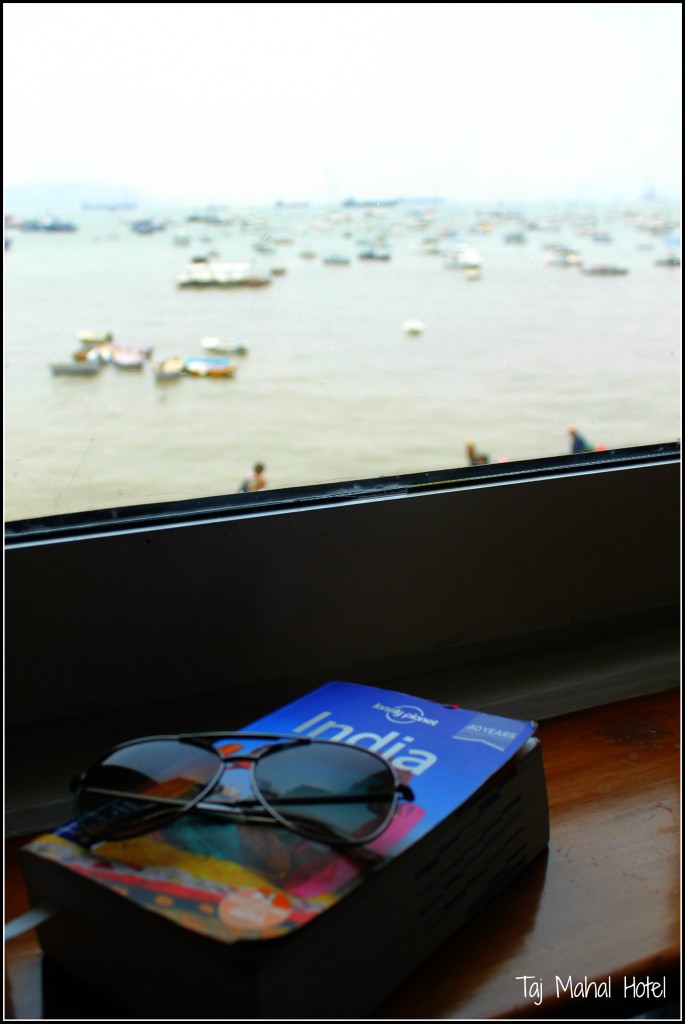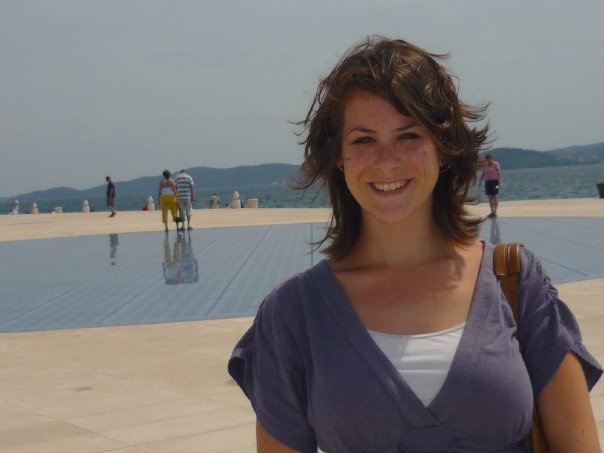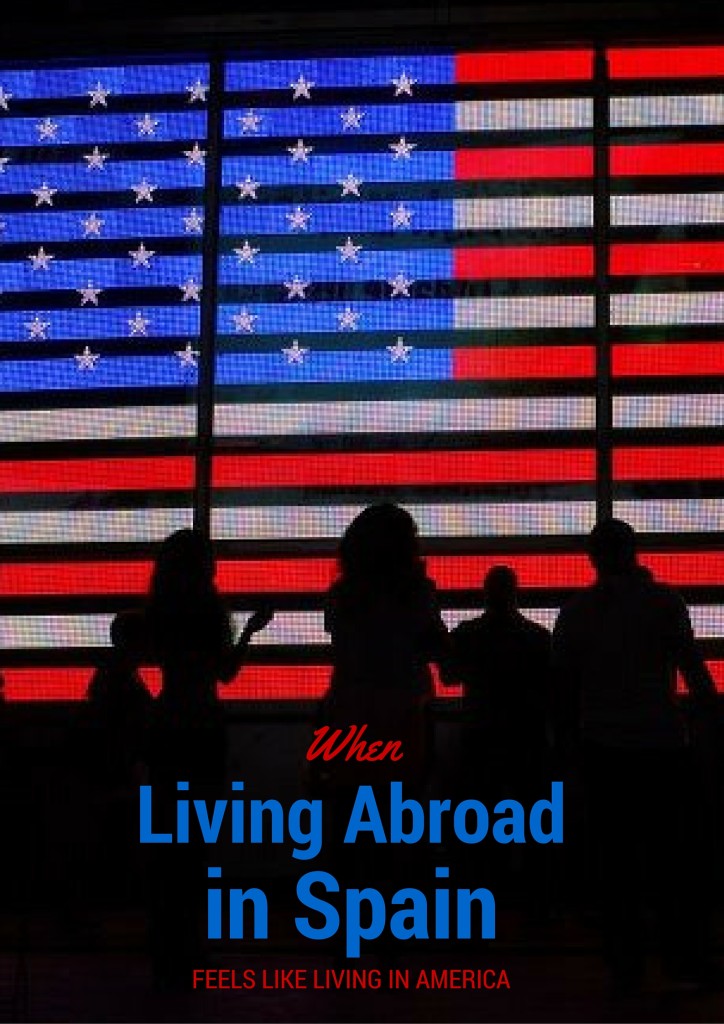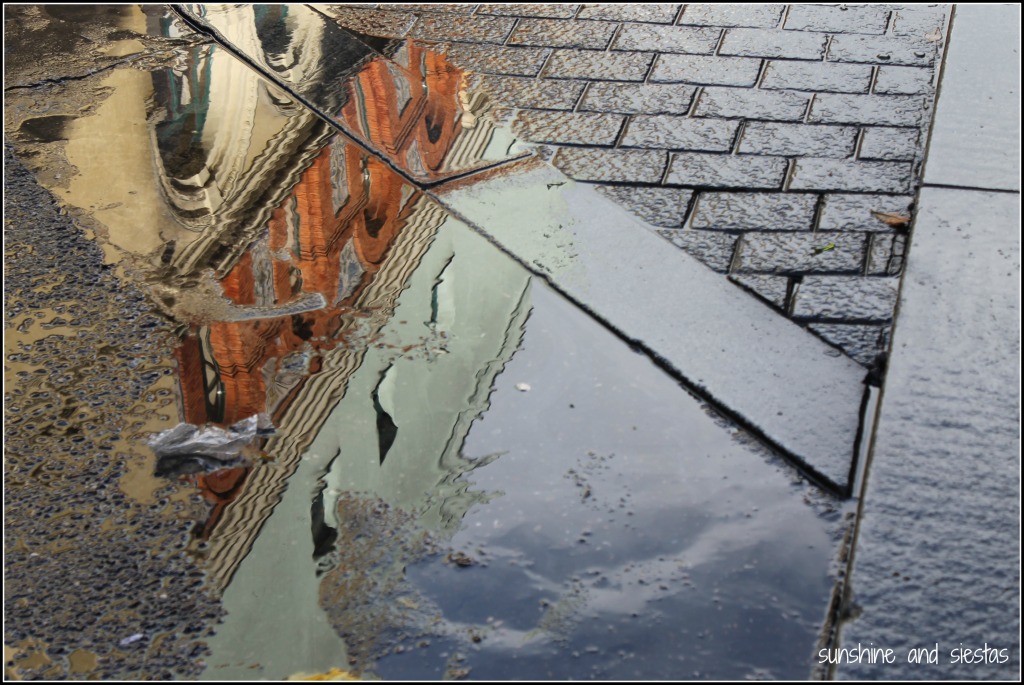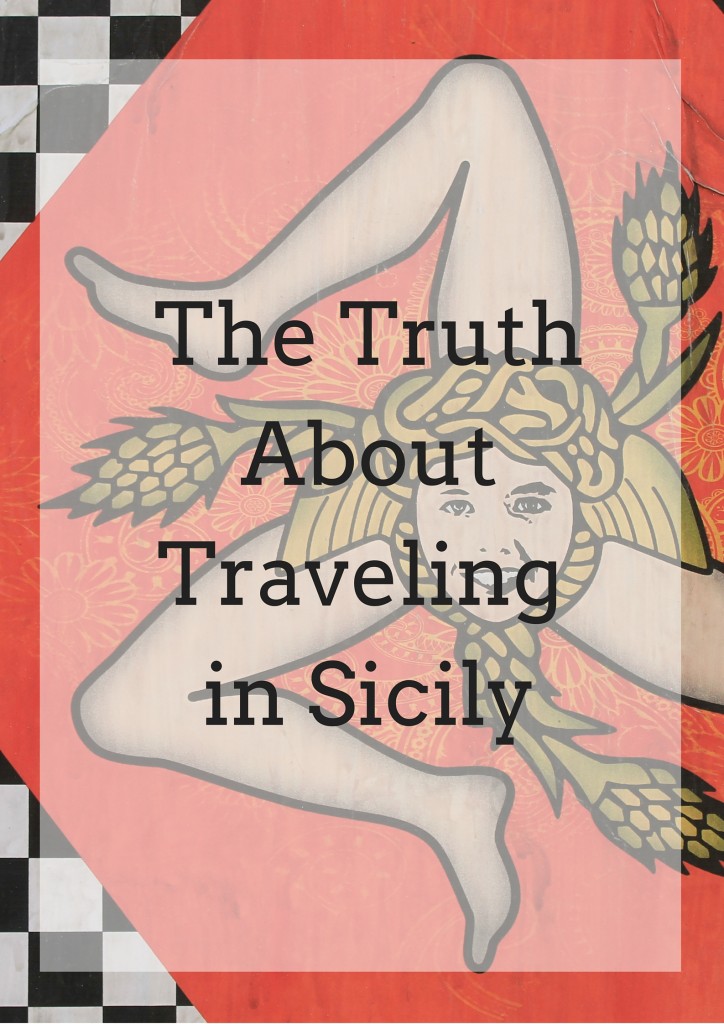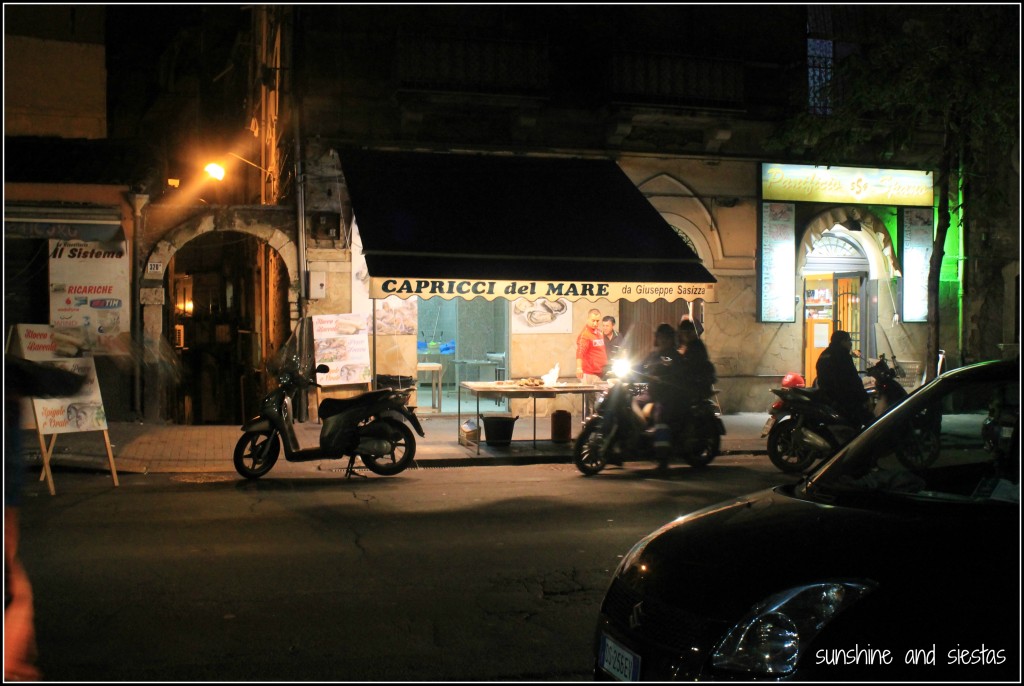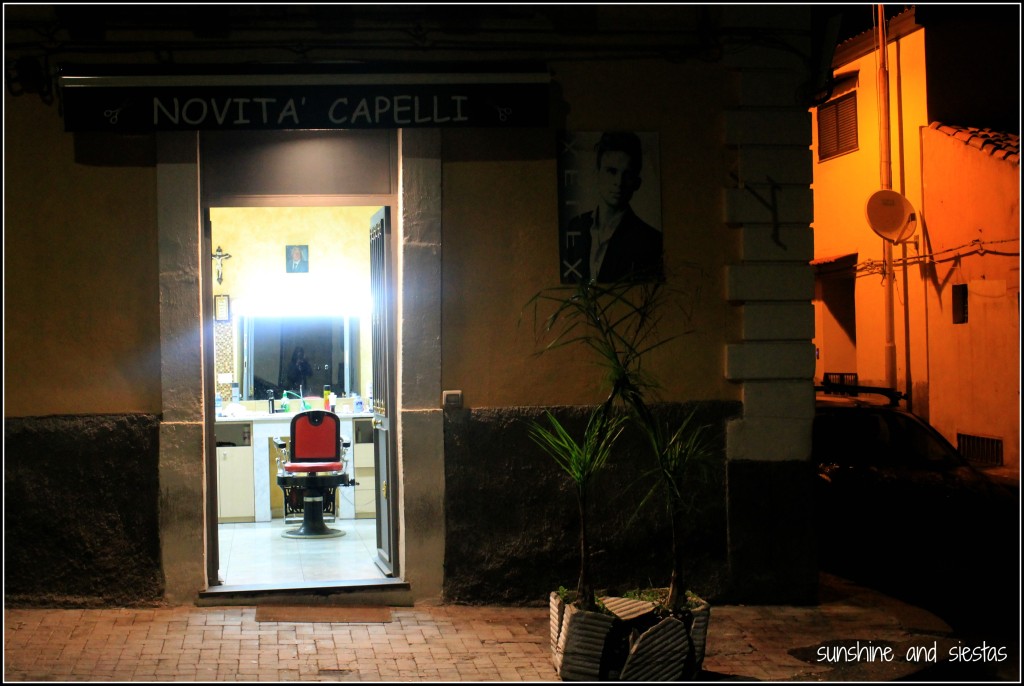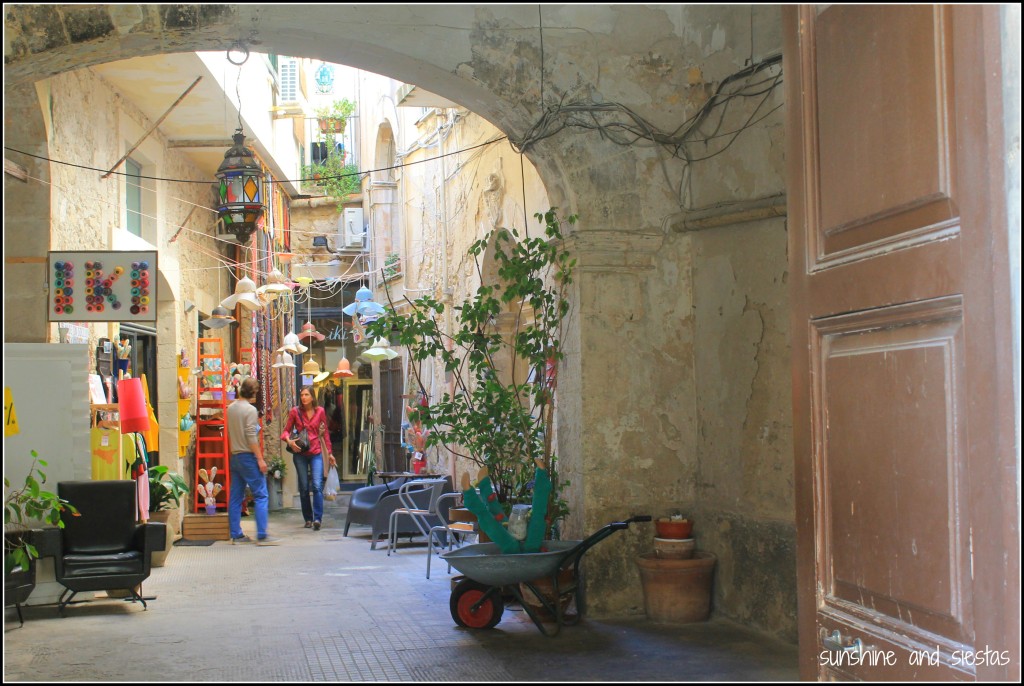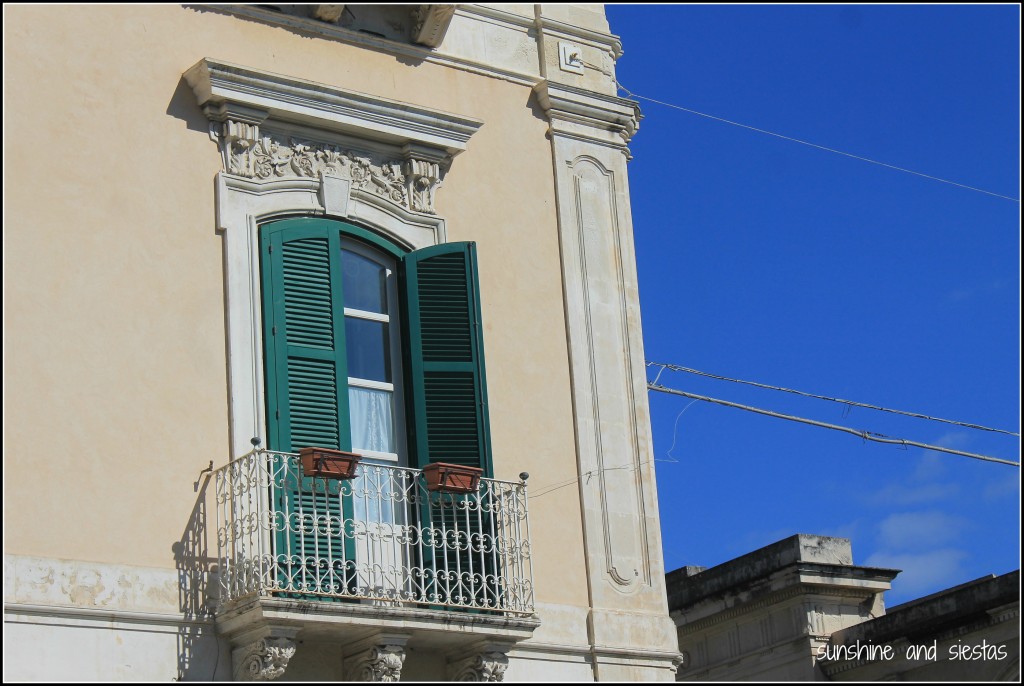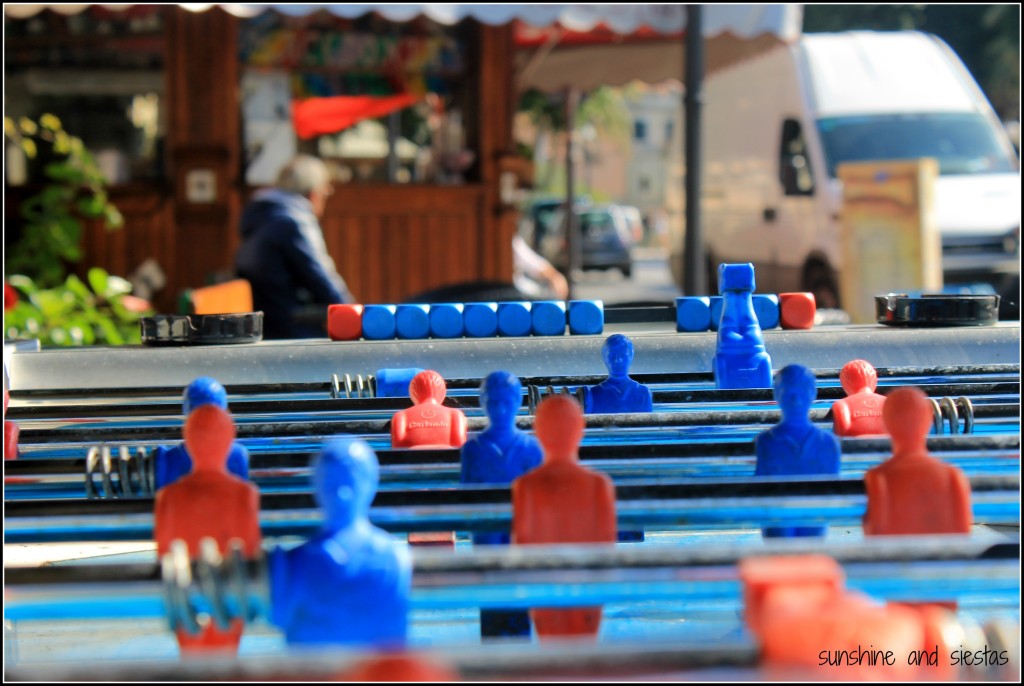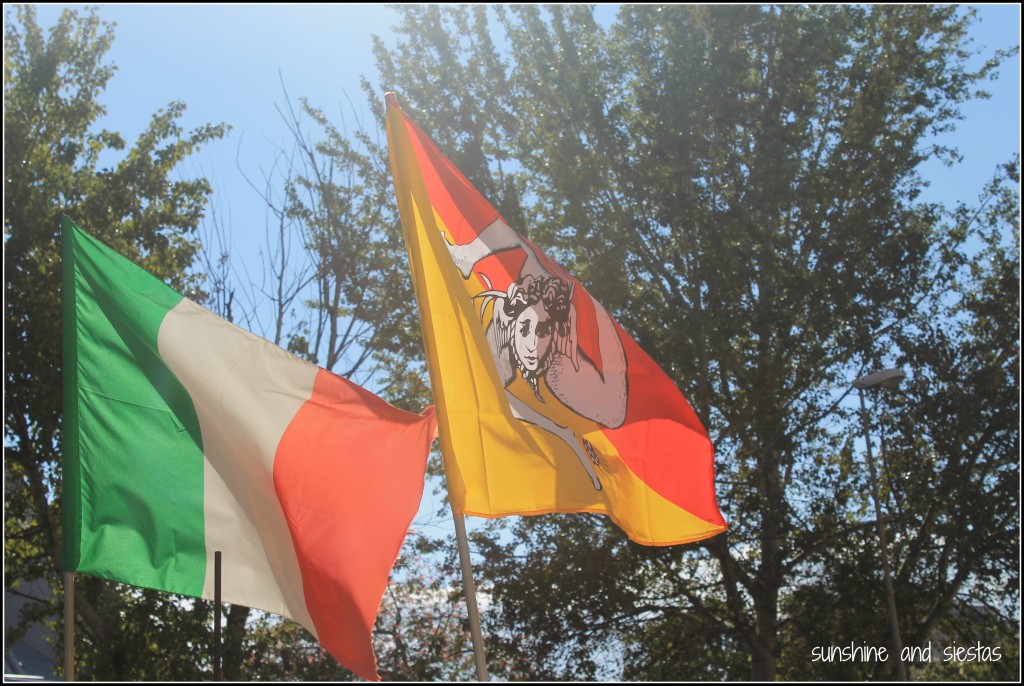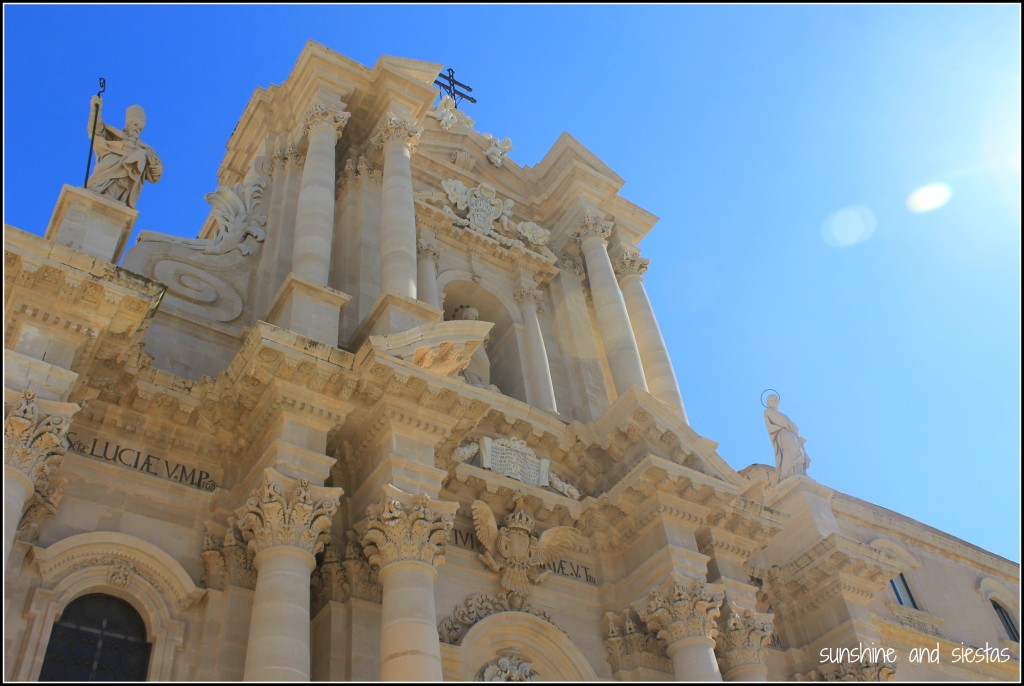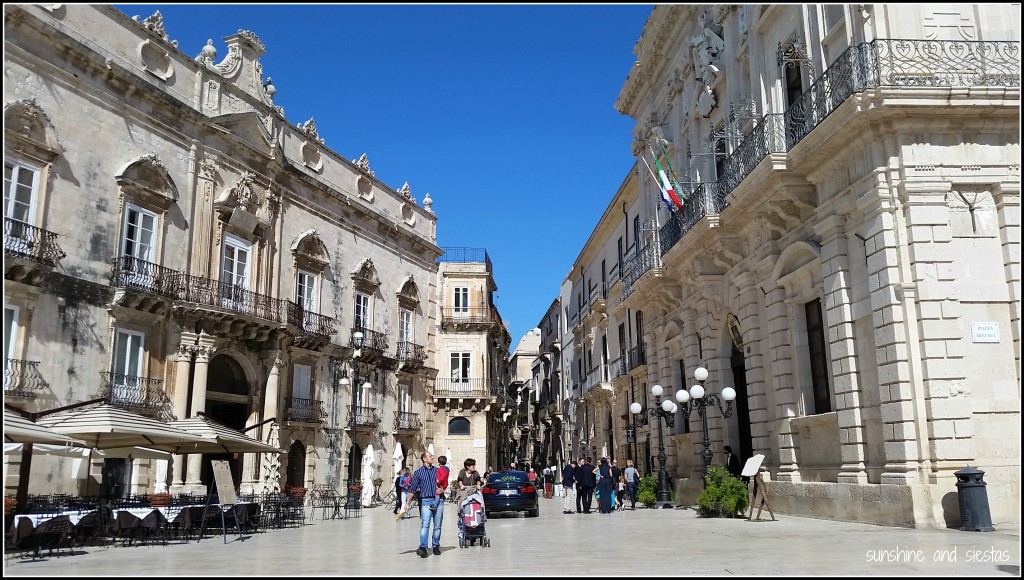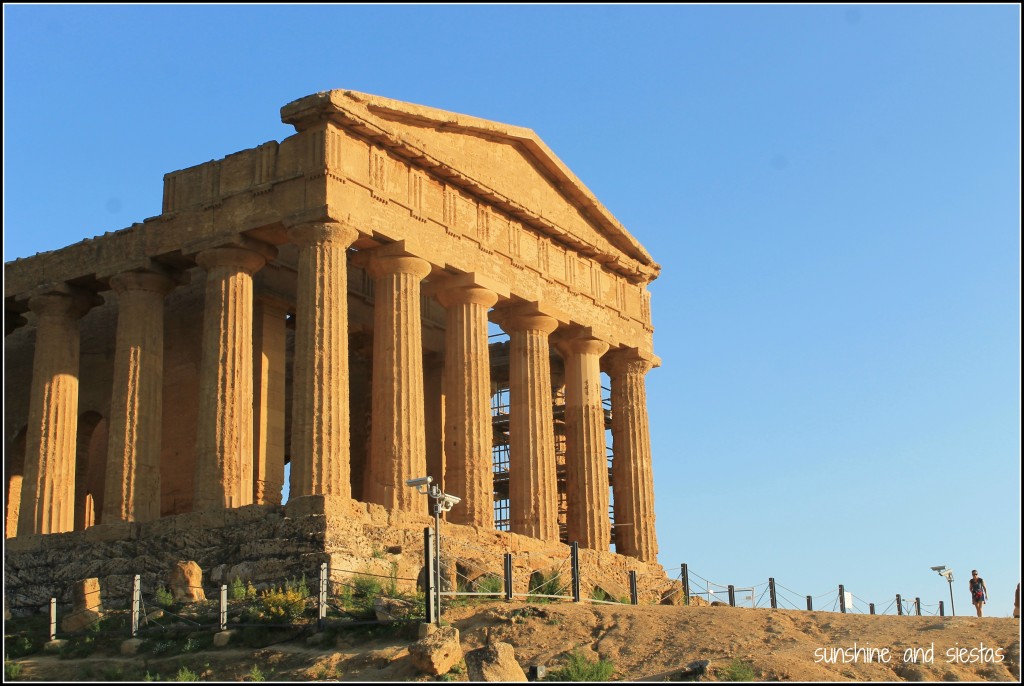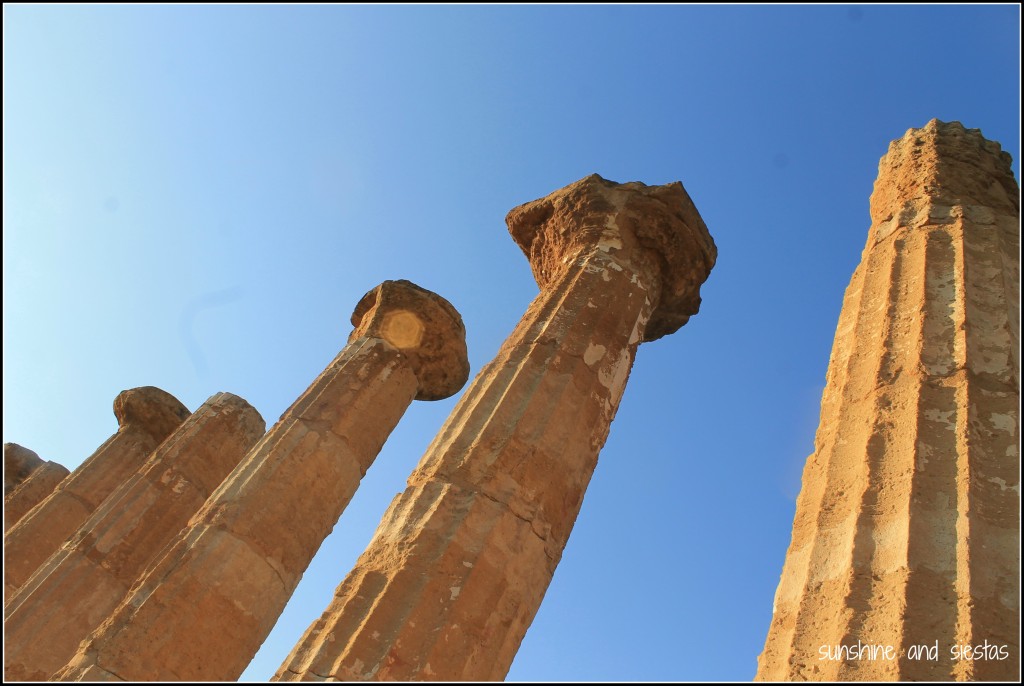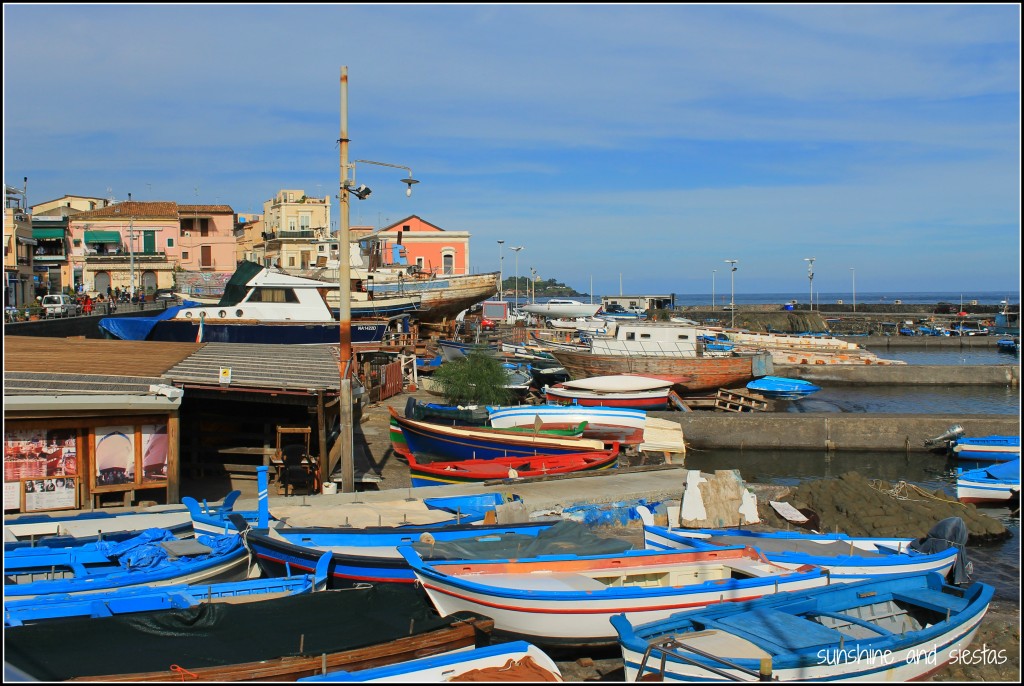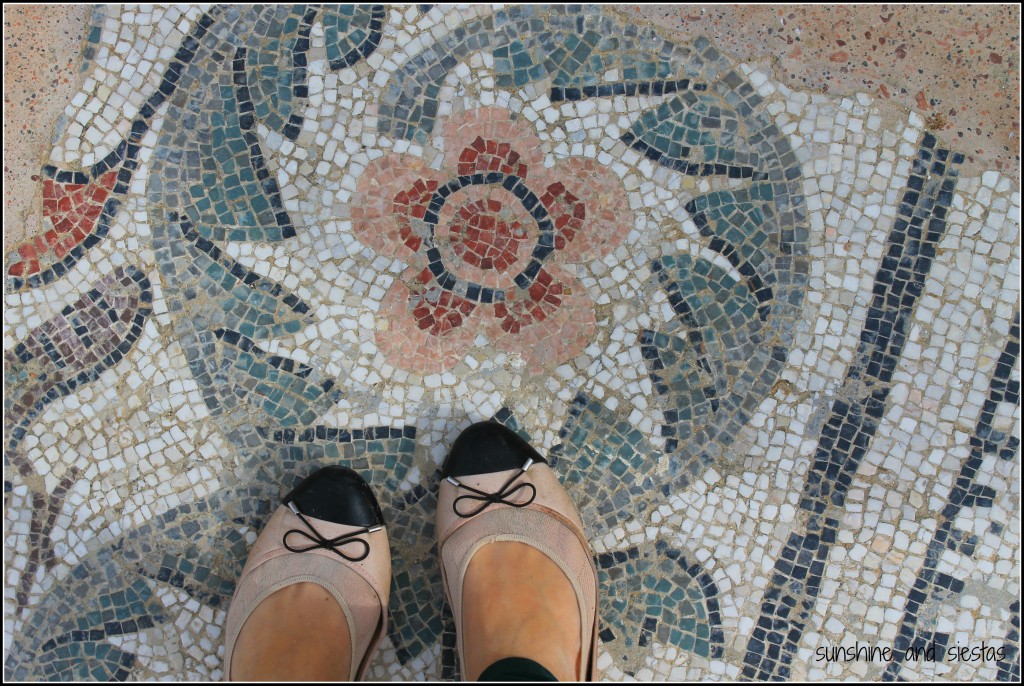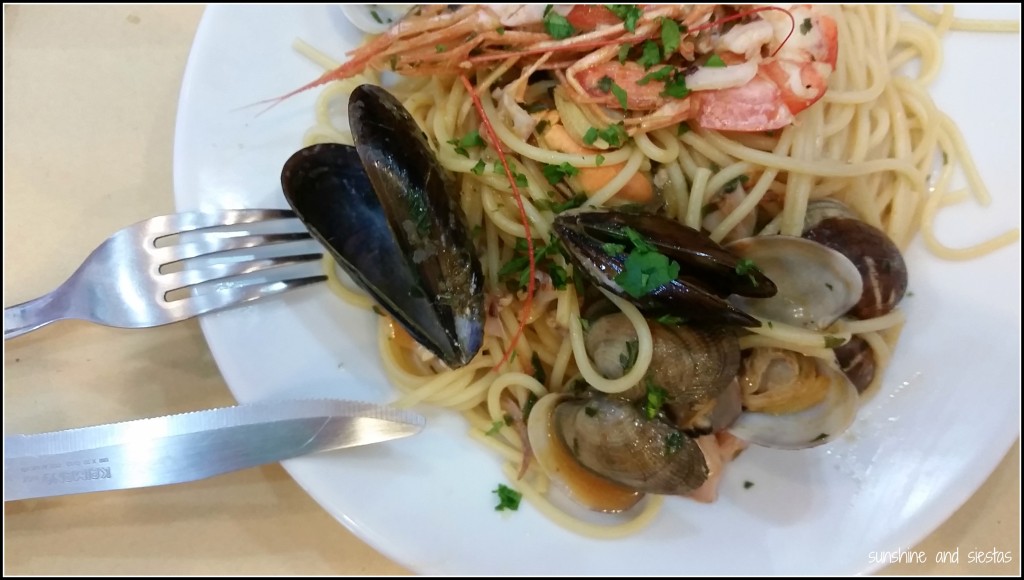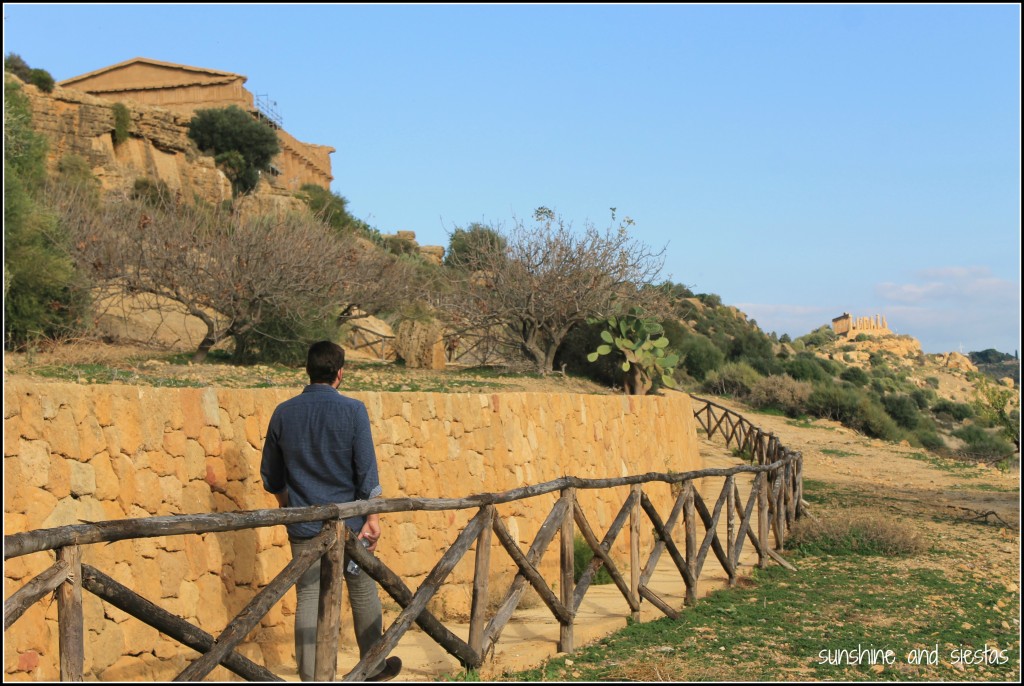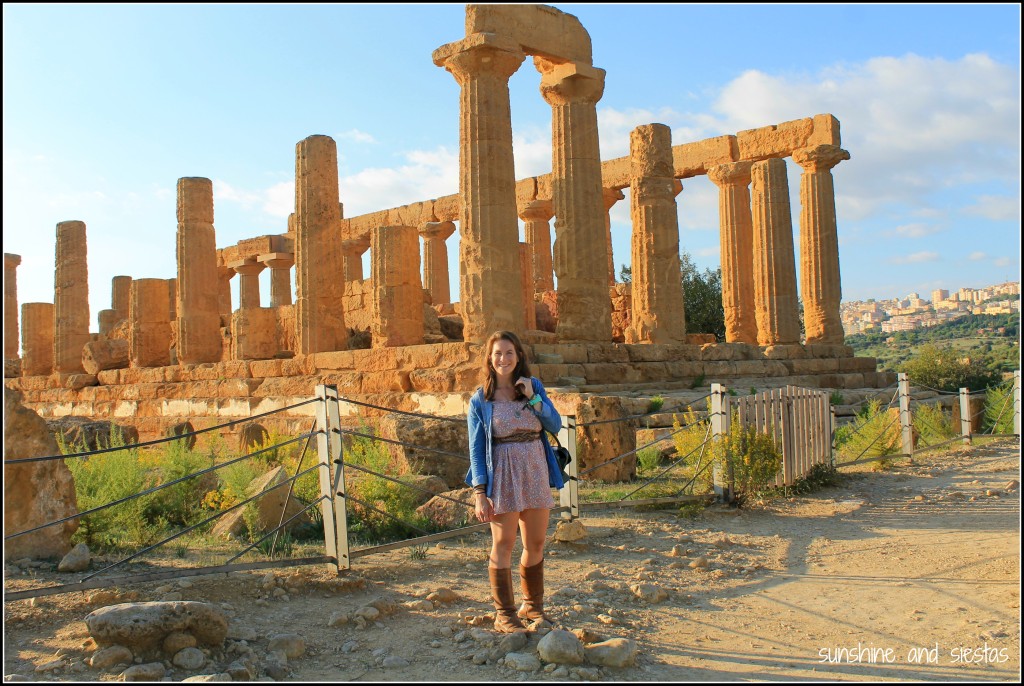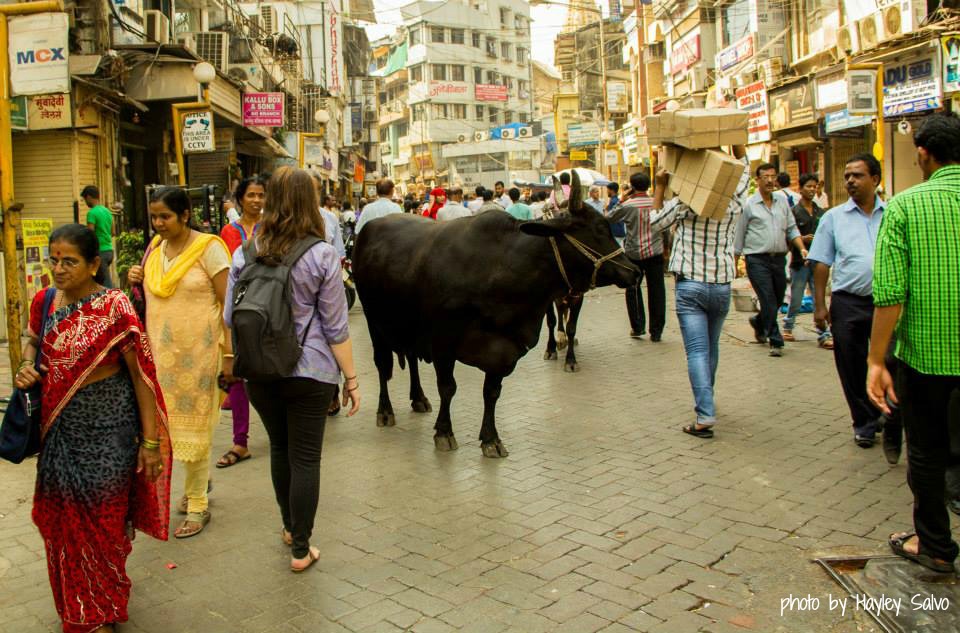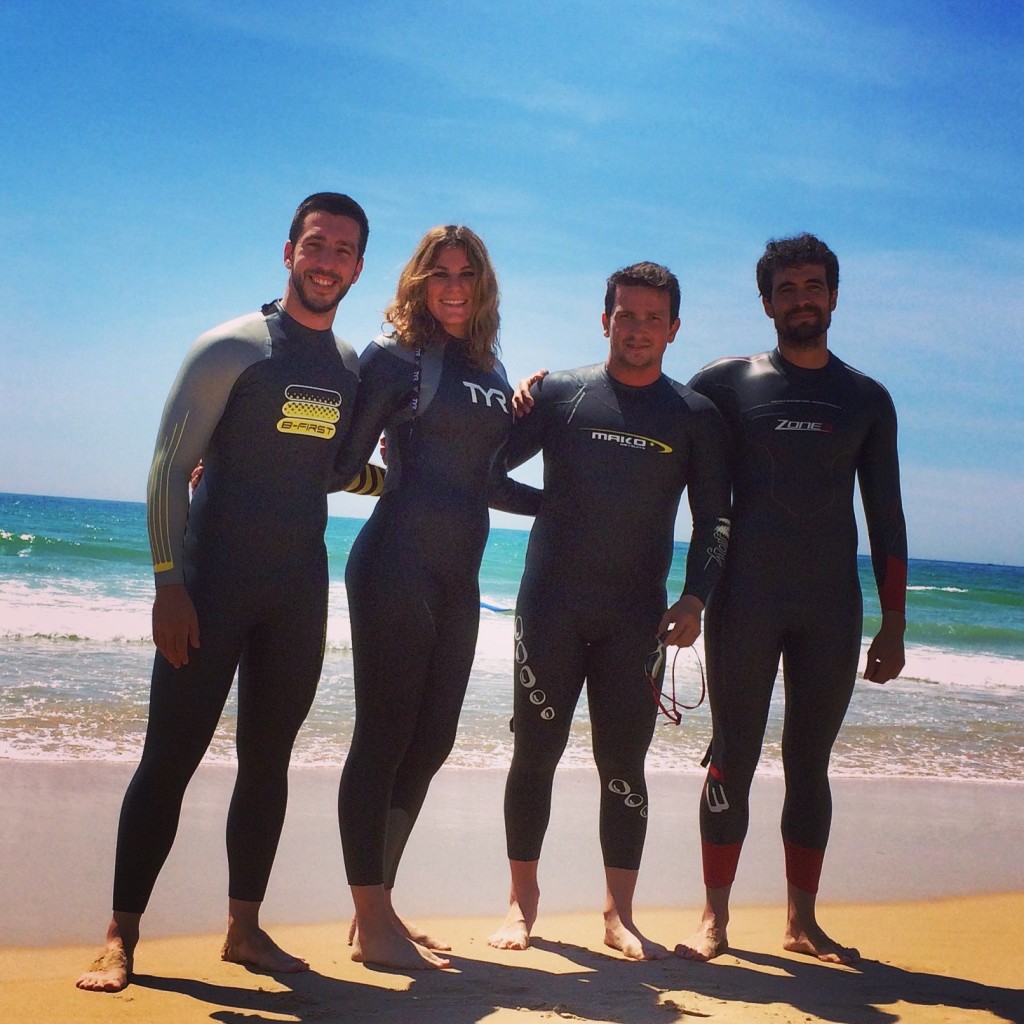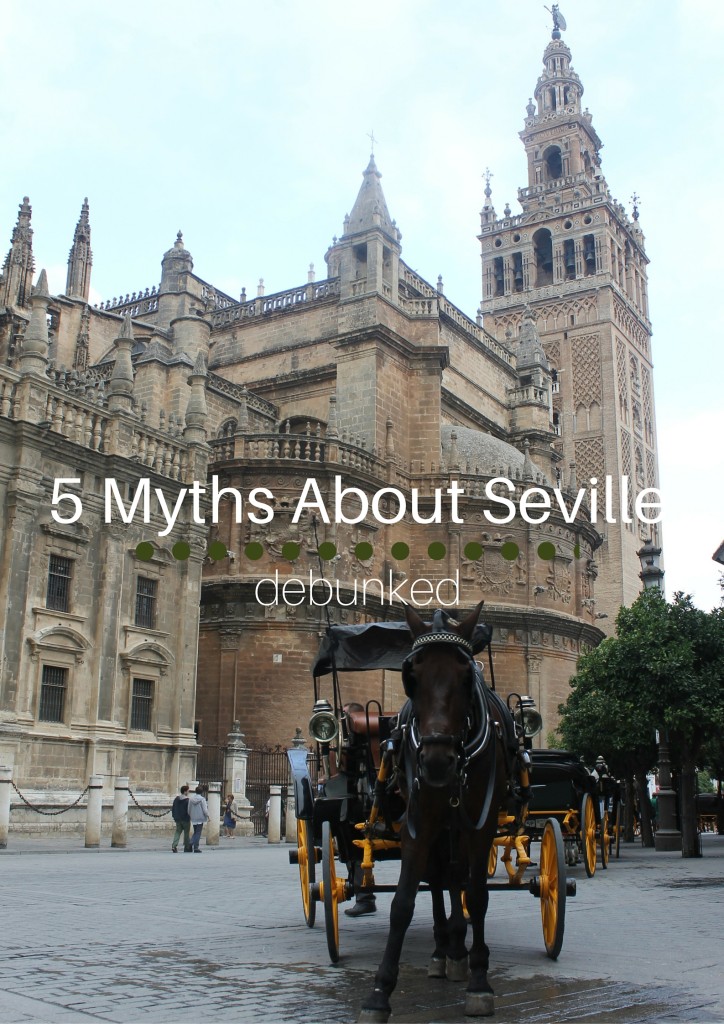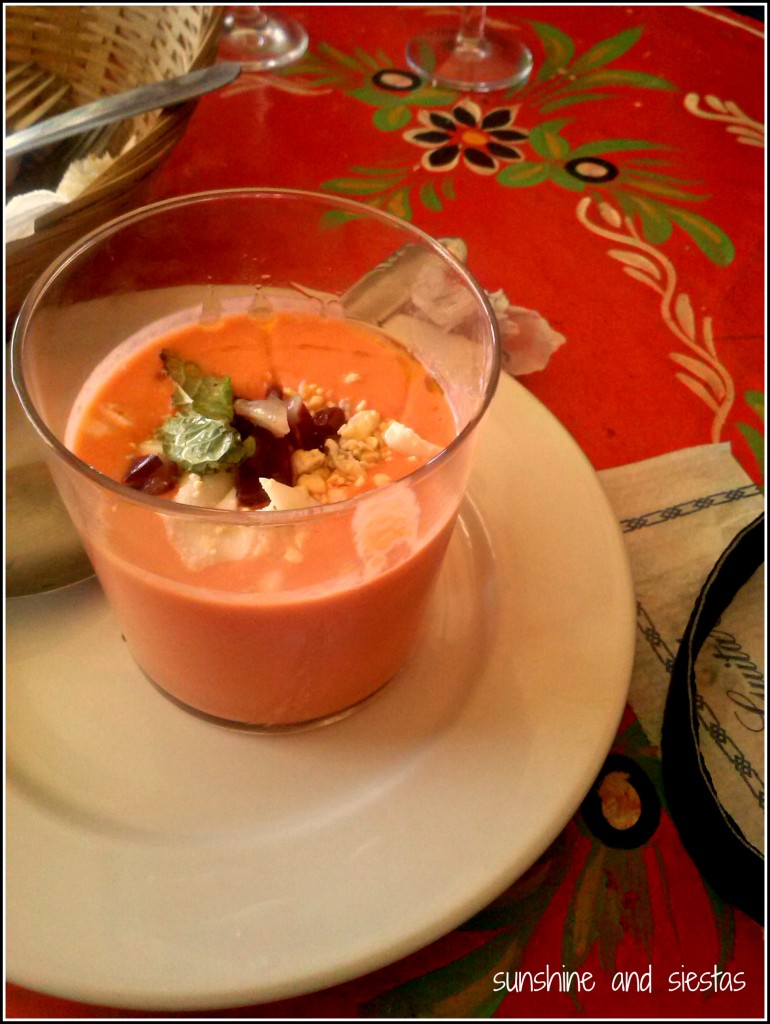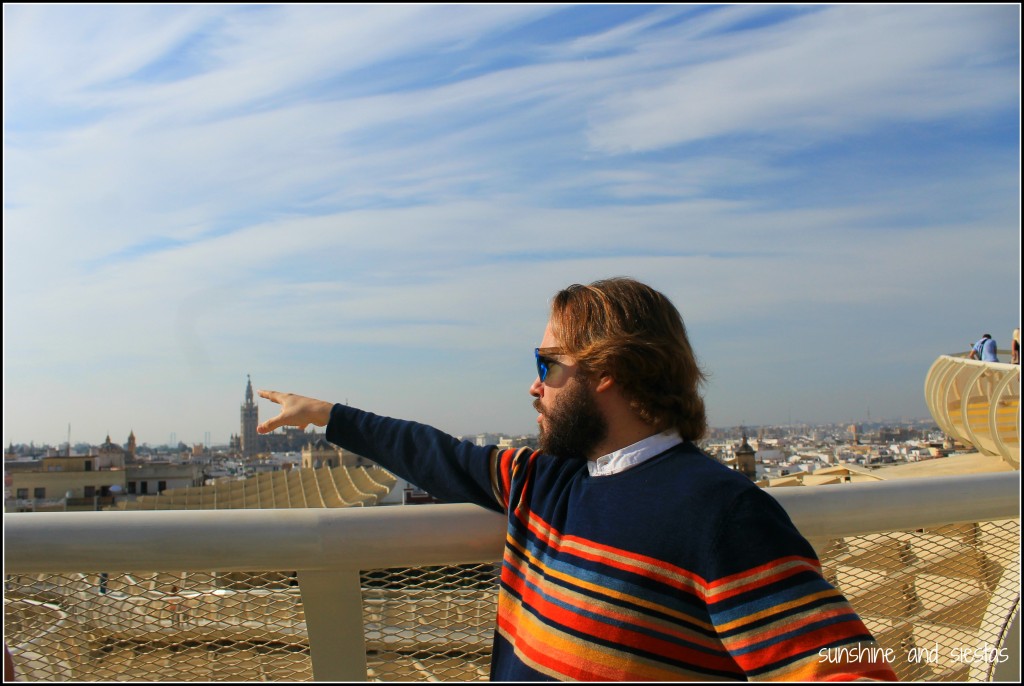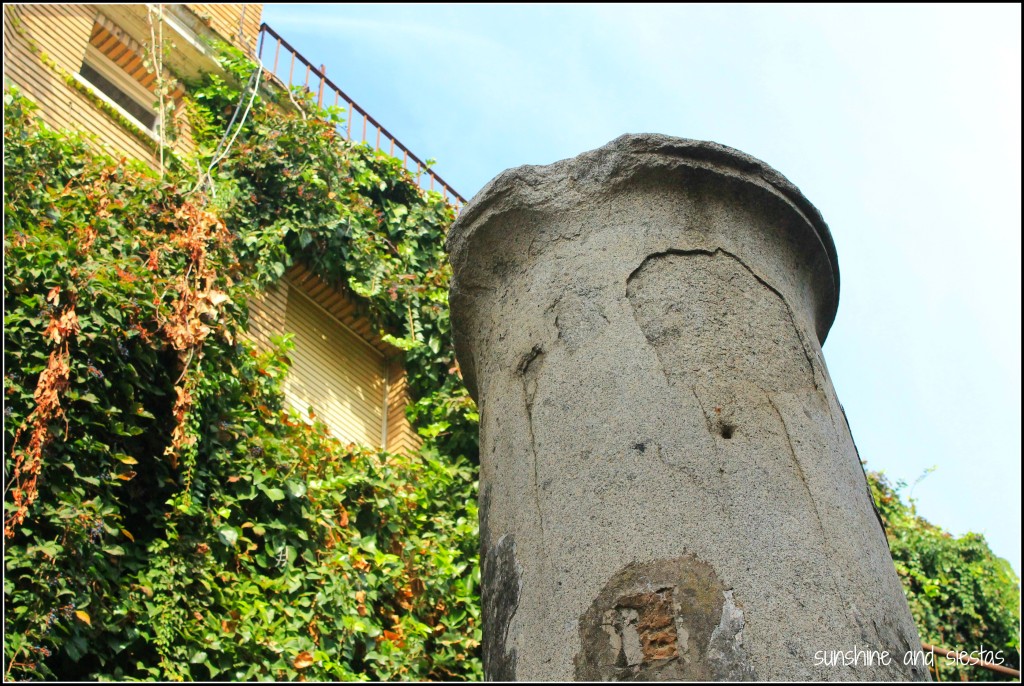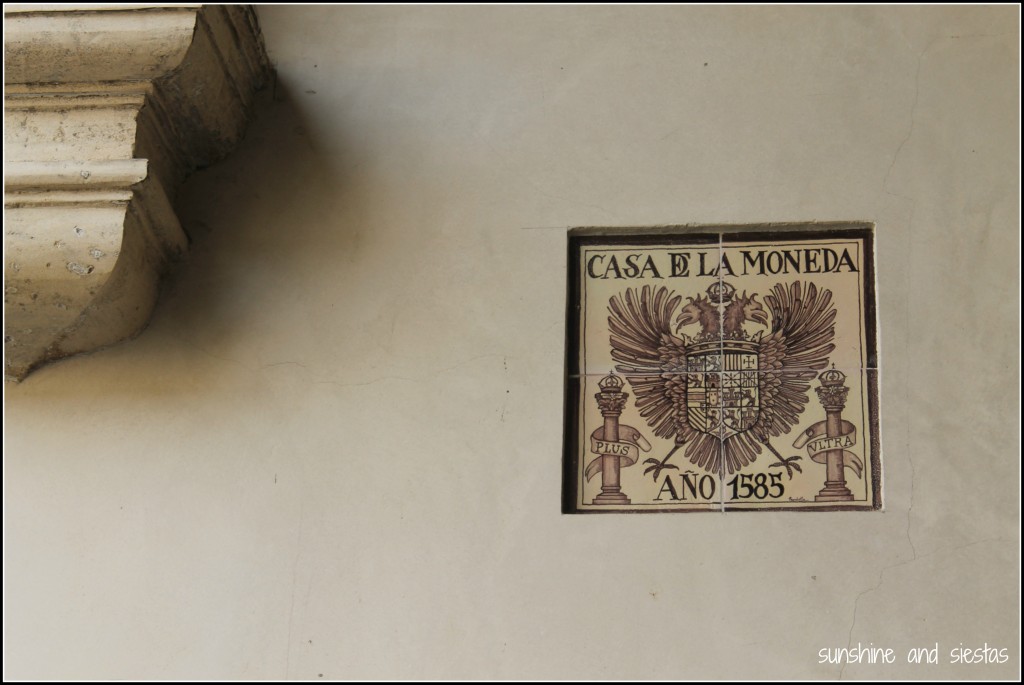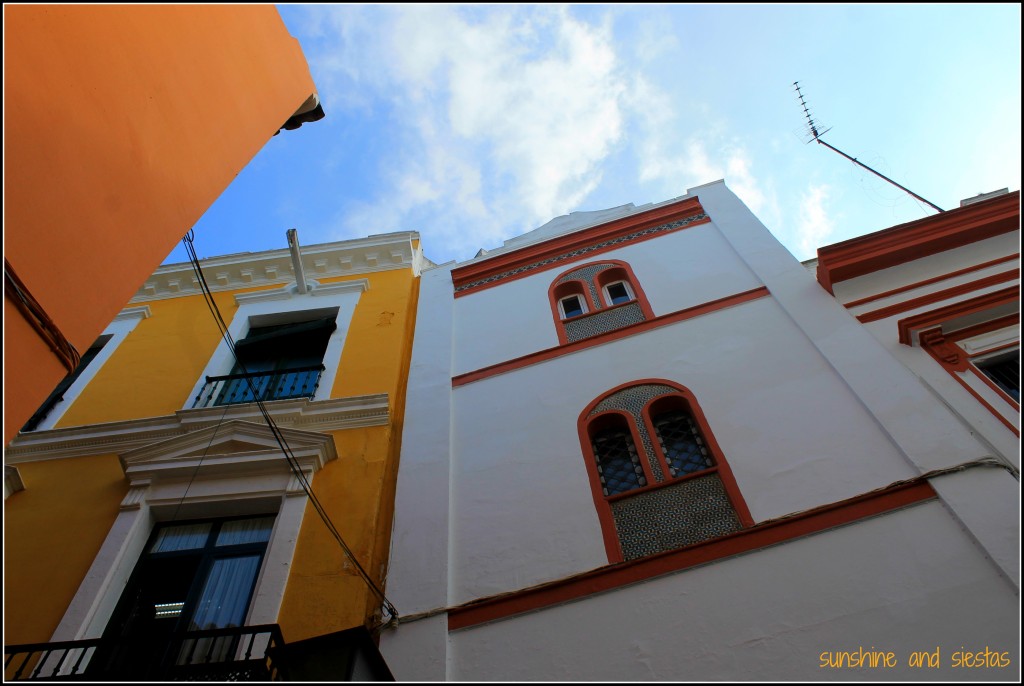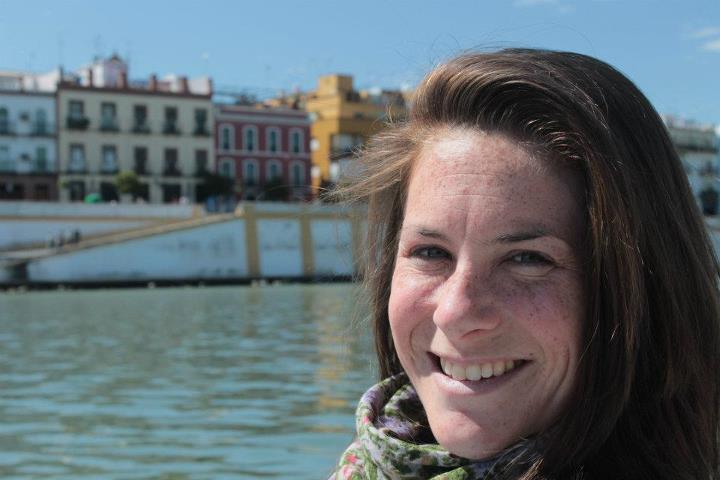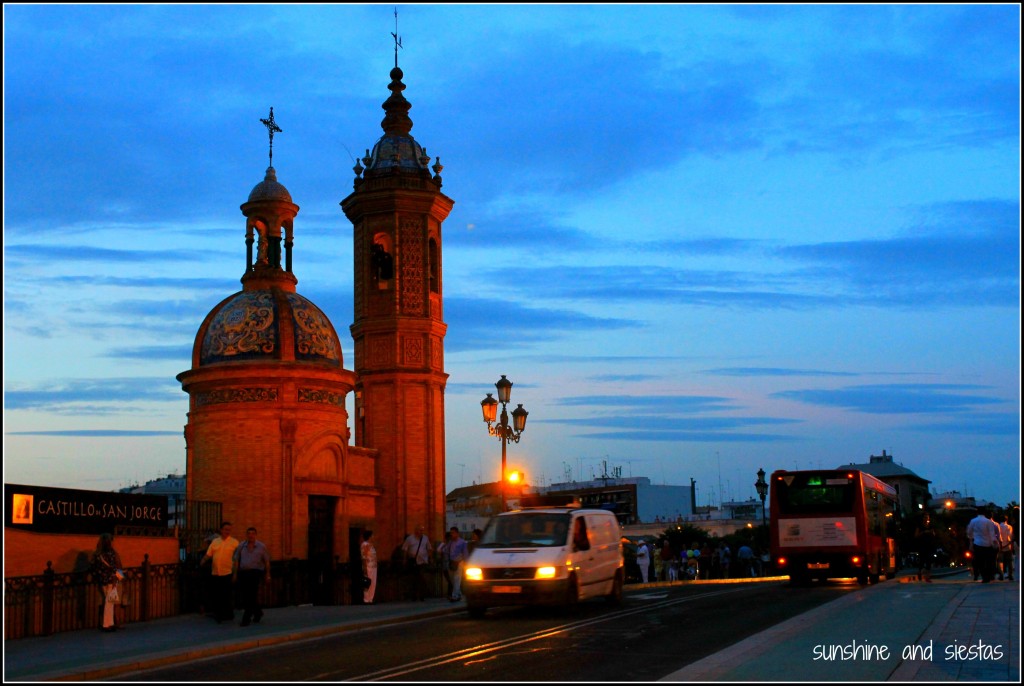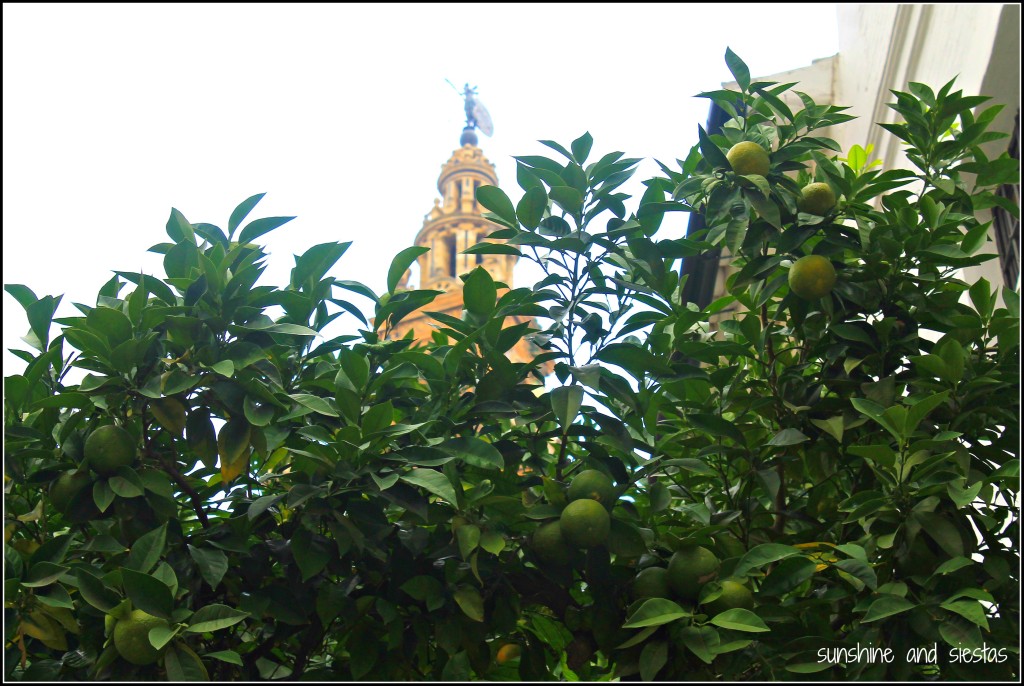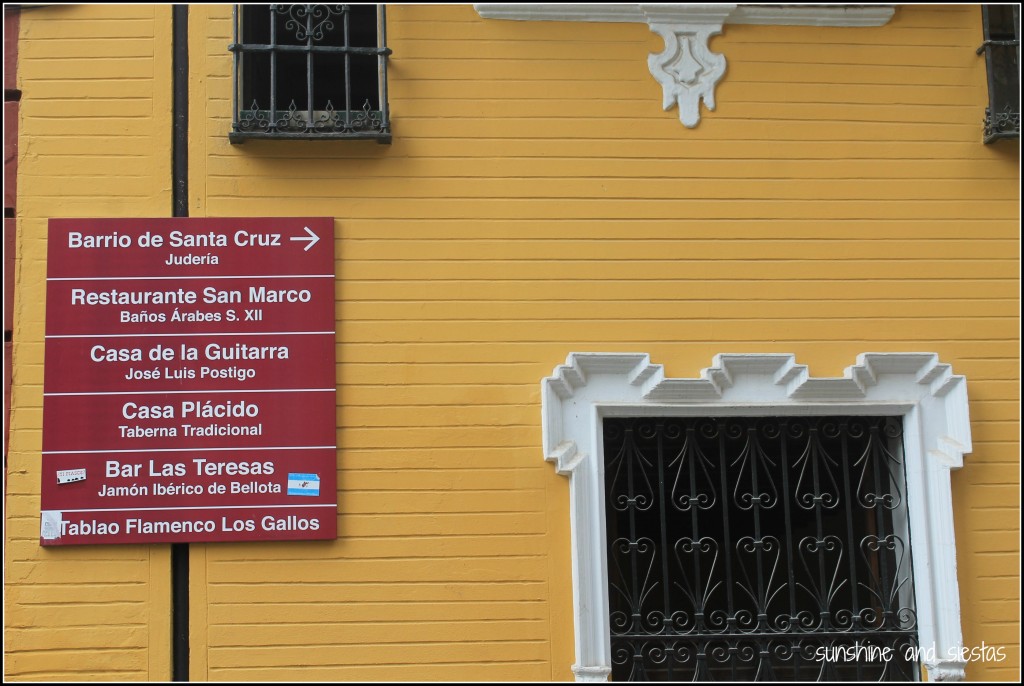Something happens to me every weekend – the push-pull of relaxing in a city I love exploring against the need to grab my car and drive until I’ve found somewhere new. Using Seville as a base to discover Andalucía, Portugal and even other regions of Spain was easy because of a top-notch transportation, and having a car means extra flexibility. And most don’t require an overnight trip.
My guests have been multiplying over the last few years, and once they’ve gotten on my nerves enough, I tend to send them outside of the old city walls via bus or train and to another city. Or, we hop in Pequeño Monty and set off, sometimes without much of a plan.
I’ve left off a lot of favorites like Granada, where you should spend at least the night, and the famous white villages because they’re best reached by car. But within two hours of Seville are ruins, gastronomic highlights and enough surprises to make my visitors come back and see more of Spain.
Carmona (Sevilla)
I will be the first to admit that the other pueblos in the province can’t hold a candle to the regional capital, but Carmona comes pretty darn close. It’s a smaller scale version of Seville, complete with an intact wall encircling a jaw-dropping old town and winding, cobblestone streets. It’s kind of like the Santa Cruz without all of the signs advertising the Hop-On, Hop-Off bus and peddling polyester flamenco dresses.
Carmona has traces of Roman, Moorish and Carthinigan rule in its large historic complex, and during its heyday, it produced enough food to feed the army thanks to its location on the Roman road and near the Guadalquivir River. Today it’s a bit sleepy, but a pueblo perfect for a Sunday trip.
Read more: Carmona, the Perfect Day Trip from Seville
Get there: If you don’t have a car, hop on the M-124 bus from the San Bernardo train station. The trip will take you close to an hour but leave you right in Plaza del Estatuto, home to a number of old man bars and the Giralda’s kid sister. Tickets are 5,60€ round-trip.
See / Sip / Chow: Stop through the Necrópolis on the west side of town. For a small fee (or free if you’re an EU member, you can see excavations taking place on one of the best preserved Roman funerary ruins.
Once you’re hungry, L’Antiqua, an abacería just inside the city walls, serves Andalusian fare and especially good stews, called guisos. Wash it all down with a local Los Hermanos anisette and a torta inglesa, a typical sweet cake made with almonds. Locals consider Las Delicias (Chamorro, 12) to have the best cakes in the city.
Jerez de la Frontera (Cádiz)
I’ve long been privy to the charm of Jerez (pronounced hey-RAY by locals). The stunning churches and majestic Andalusian horses had little to aportar once I’d tried the city’s most famous resident, Tío Pepe. The school I worked for as an auxiliar de conversación took a teacher’s outing by train to the González Byass wineries for a sherry tasting, and that brand would be served at my wedding seven years later.
Apart from its star export, Jerez claims Andalusian stallions and flamenco culture as its own, leaning this small city packs a lot of salero punch. Like Carmona, it’s got a lot in common with Seville – the tapas bars, the guitar-filled patios and the whitewashed houses, but it seems a little more willing to rebel. Seville is stuck firmly in the past in many senses, where as Jerez can’t wait to be on the wave of the future.
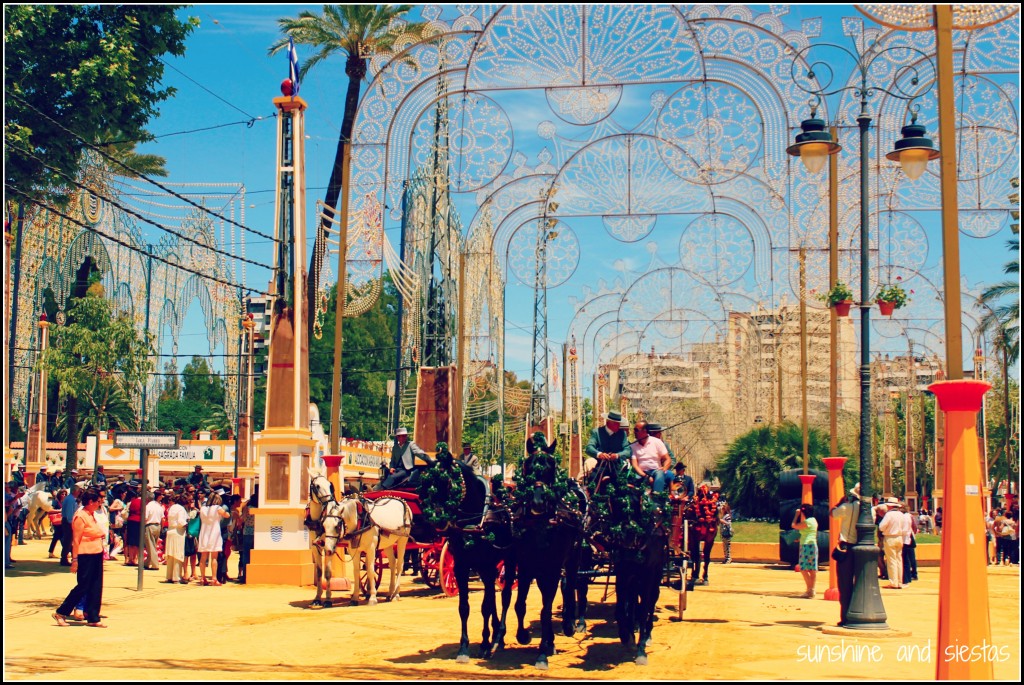
Read more: Tasting Jerez de la Frontera
Get there: Jerez is just one hour south of Seville on the media distance train that ends in Cádiz. From the station, the sites and city center is a short stroll. Tickets start at 16€ one-way, though buying round-trip will knock 30% off the price.
See / Sip / Chow: Like Córdoba, May means a month of hedony when the Feria del Caballo rolls into town. But the fair isn’t members-only like Seville’s, and it’s got a decidedly more international feel. And if you like horses, don’t miss a show at the Real Escuela Ecuestre de Jerez (if you’ve got a carnet jóven, you get a mad discount!), and flamenco fans will revel in its festival each February.
If you’re wary of sherry, a Pepe Limón spritzer – half lemon juice, half sherry – will cool you down just before you dive into tapas. Hopping from tabanco to tobanco, or old man tapas joints, are a beloved tradition in Jerez.
Mérida (Badajoz)
I am a complete convert to seldom explored Extremadura, a place said to have hardened the New World conquerers and one that brought riches back to Spain. Imagine vineyards and olive orchards that stretch for miles under an empty sky, local cuisine punctuated by hearty wines and game animals, and traces of the grandiose Roman and New World cultures.
Though not the de facto capital, Mérida is the largest city in Extremadura and an easy two-hour drive north of Seville – it’s actually closer than Granada! The Roman ruins of the Aqueducto de los Milagros, the Roman Theatre and Temple of Diana are the show stoppers from Emerita Augusta, and the recently renovated National Museum of Roman Ruins is a treat.
And if you need a break on the return trip, nearby Zafra is quaint, full of plazas, and has nunneries peddling cookies. You know, for merienda on your way back south.
Read more: A Guide to Archaeological Sites in Spain
Get there: A private bus is your fastest option at just over two hours. The ALSA line leaves from Plaa de Armas a few times each day for just 14€ one-way. If you’re on premium bus, ask for the wi-fi code and a free coffee, and bring headphones for the movie.
See / Sip / Chow: You should spend at least a day in the ruins, which dot the city. If you’re into classical theatre, the city hosts an international festival in the Roman Theatre mid Summer. I recommend trying migas, an earthy bread dish popular in the region, and pub hopping on Calle John Lennon with university students.
Ronda (Málaga)
The jewel of the whitewashed villages of Andalucía is undoubtedly Ronda. A jaw-dropping gorge, vistas of a lush countryside and quaint homes characterize this town, which is perfect for strolling, eating and… little else. There’s barely enough to stretch your trip into a long weekend, making Ronda a great place for just a day.
Depsite this, the town has a long, fabled history stretching from the early Celts to modern-day Facists. In fact, the town’s most famous fan was Hemingway, who was rumored to have modeled events in For Whom the Bell Tolls off of executions, and who wrote fondly of modern bullfighting, which was fashioned in Ronda.
Read more: Visiting Ronda: A Photo Post
Get there: The only way to Ronda is by bus, unless you have a car. Count on winding roads on the two-hour trip, which is operated by Grupo Samar out of Prado de San Sebastián – just look for the green and yellow coach buses. Expect to pay 22-30€ round-trip.
See / Sip / Chow: I’ve never done the hike to the bottom of the gorge that merited the Puente Nuevo, but it looks incredible. Bring sturdy shoes and water, and then hike up for a drink with a view at the Parador, a converted hotel that’s owned and operated by the Spanish government.
Córdoba (Córdoba)
What really sold me on Spain was on the inside cover of my first Spanish book, Paso a Paso 1. At the tender age of 13, I was upset with my mom for forcing me to study Spanish instead of French, but the plaster of the graceful horseshoe arches in Córdoba’s mosque lit up my face faster than Bastille Day fireworks.
Southern Spain had my heart long before studying abroad, a decade before making my home in Seville and half a dozen boyfriends before meeting my Spanish stallion, and it all started with Córdoba. The flower-filled patios, the yummy salmorejo and the dream-like Spain of your imagination can all be found here, plus a spring full of festivals and its own gastronomic heritage (I may love snails, but the cordobeses take their affection to the next level come springtime).
What’s most striking about Córdoba is its juxtaposition of Andalusian and Moorish culture. While you can’t have one without the other due to the Arabic rule over Spain for more than seven centuries, Córdoba was once the political and intellectual capital of the Al-Andalus caliphate. Apart from art and architecture, language and tradition outlasted the califas, and the Jewish and Christian occupations that followed have left its mark on a city made for wandering.
Read more: Technicolor Córdoba
Get there: The AVE high-speed train is the fastest way to get to Córdoba, and the train station is a 10-minute walk from the city center. Trains leave practically every hour and pass through the Caliphate city on their way to Madrid. The trip will take about 45 minutes and cost about 30€ return (grab the media distancia, a slower train, for 10€ cheaper!)
See / Sip / Chow: Springtime is especially magical in Córdoba. From flowers dripping down walls to a raucous Feria to loads of street drinking, try to make May the month you travel here. Don’t forget to try the star dishes of salmorejo and flamenquín, a pork loin rolled in ham and cheese before meeting the deep fryer. My cordobesa friend has spoken loads about the new gourmet market, Mercado de la Victoria, which is located halfway between the train station and the historic center.
Are you heading further afield? Or flying into Málaga’s Costa del Sol airport? The quickest way to get to your accommodation is booking an airport transfer. Solhop allows you to pre-book online and pay the driver on arrival at your destination
This post was brought to you by Monster.Travel. If you’re looking for package travel to destinations around Spain, get more information at Monster.Travel.
Where do you go to get away from the city (I know, I know: I skipped the Sierra, Arcos, the beaches and even Granada!)? Know any hidden spots in these cities?
